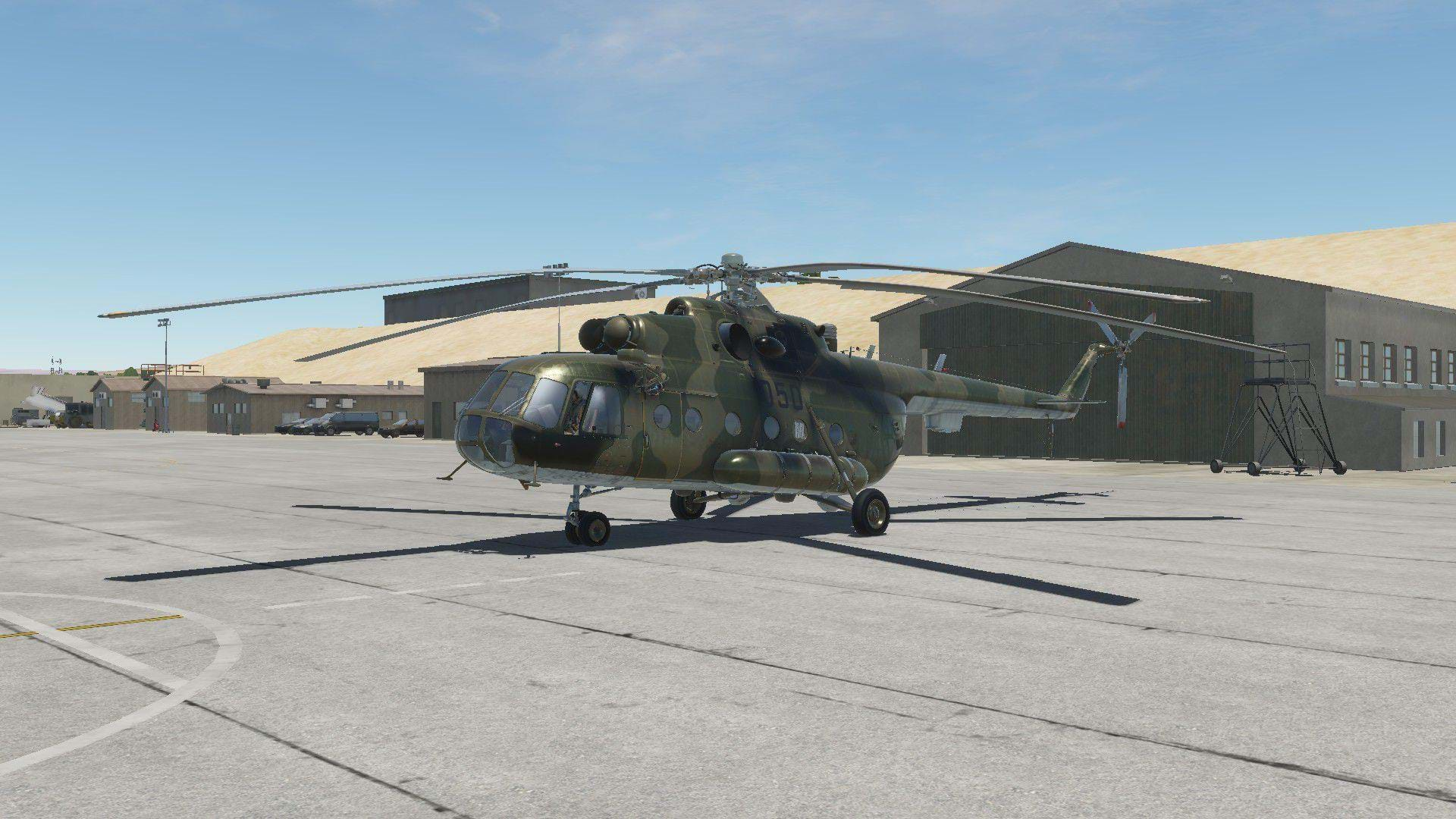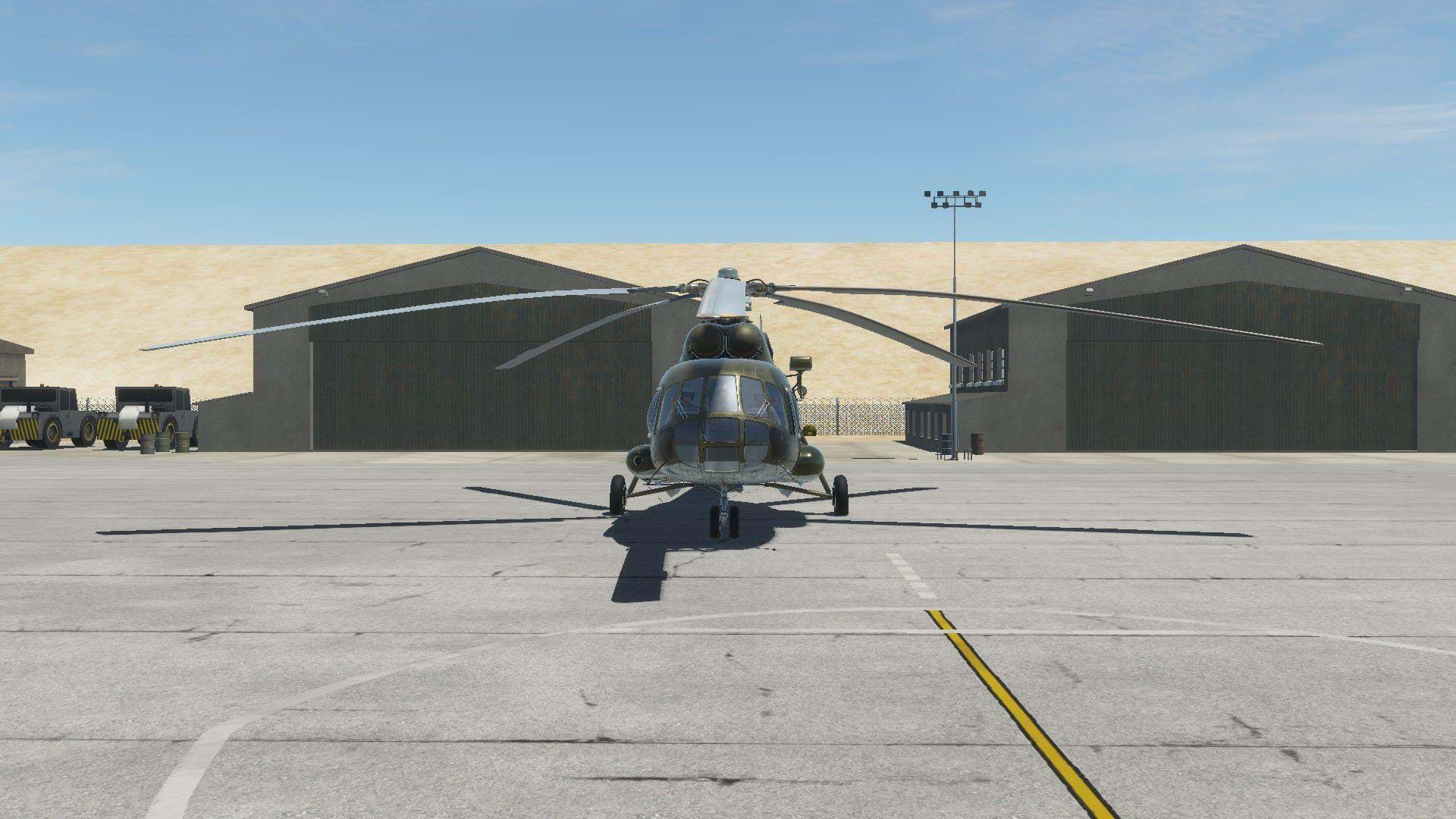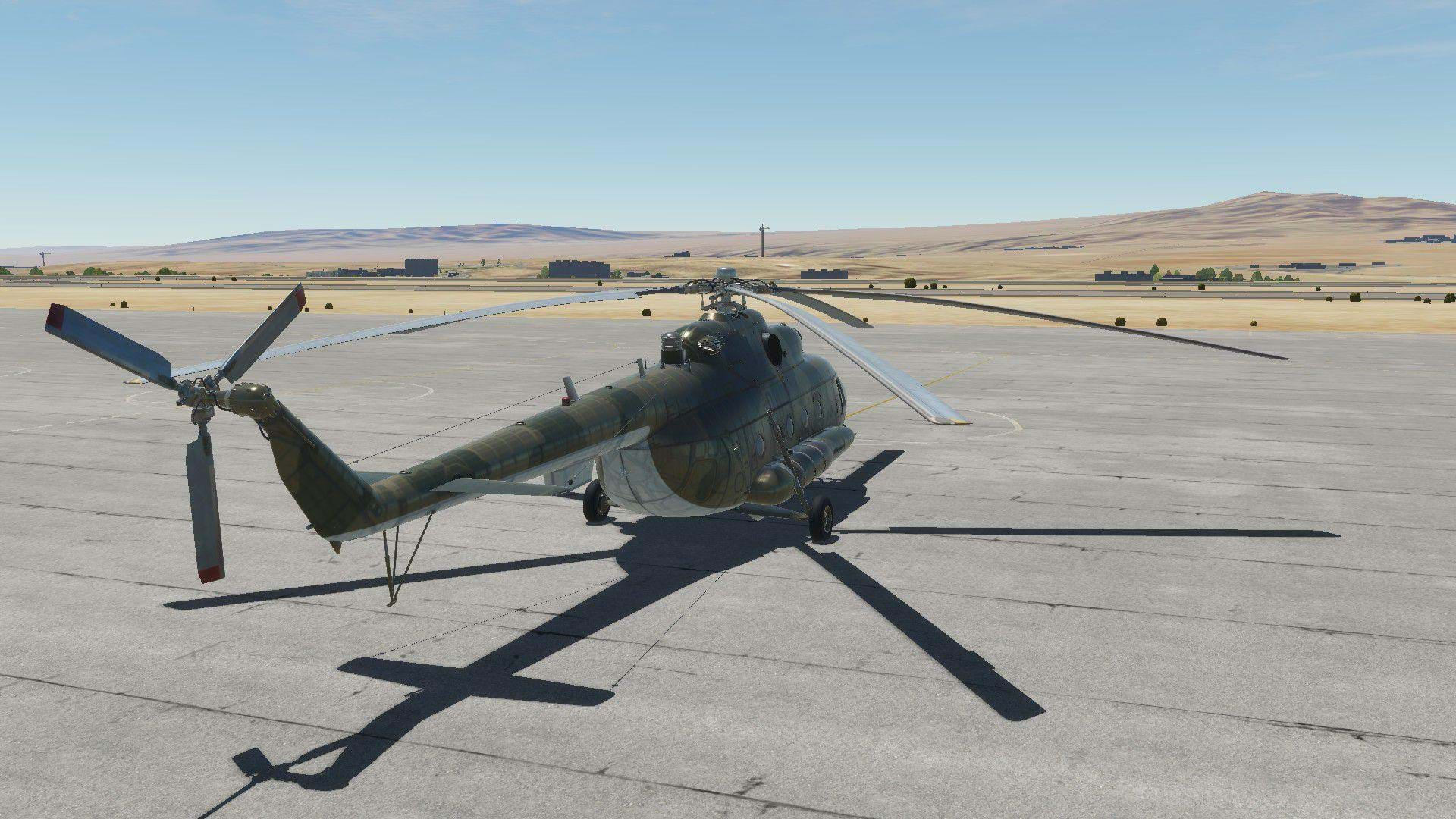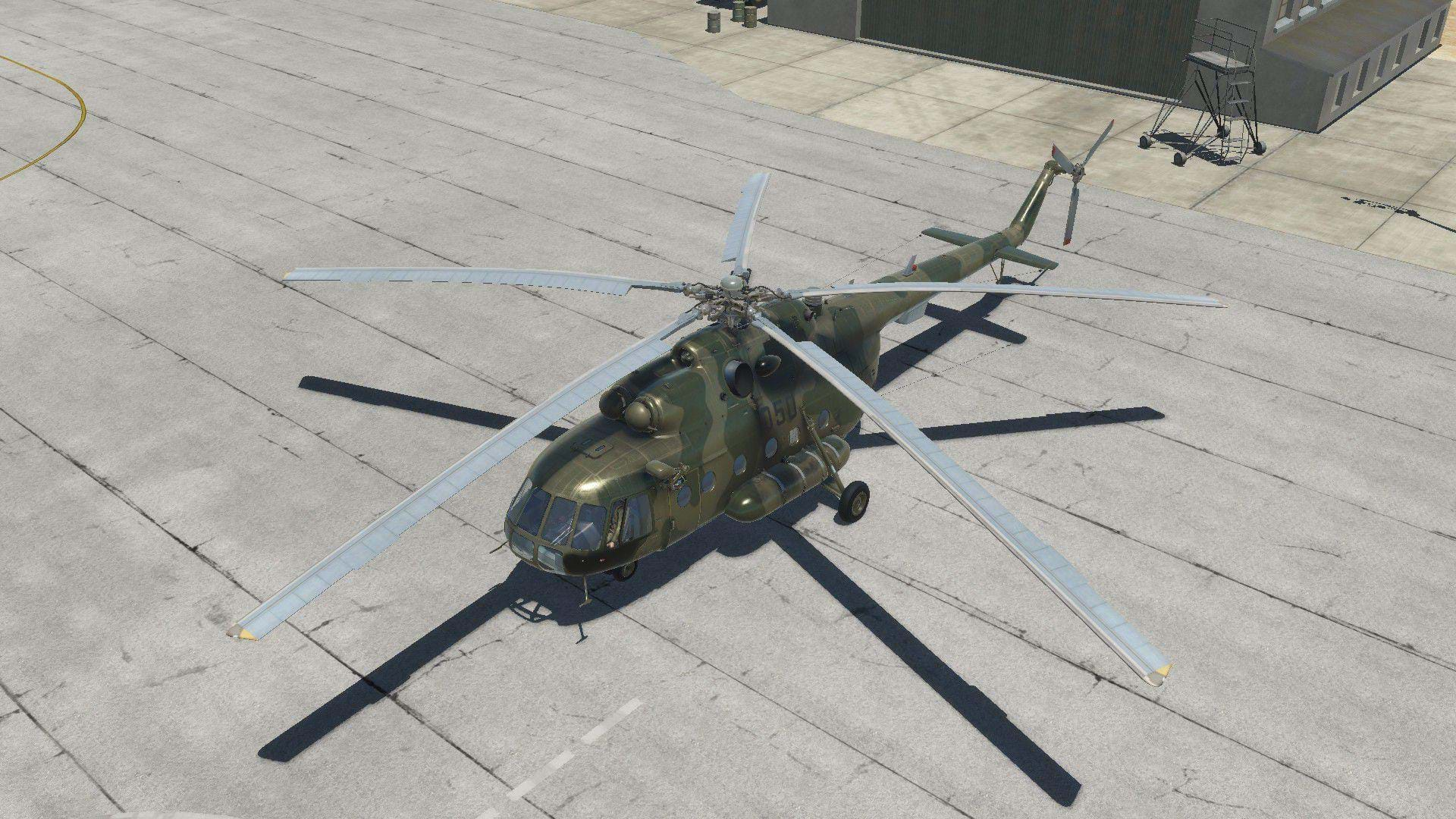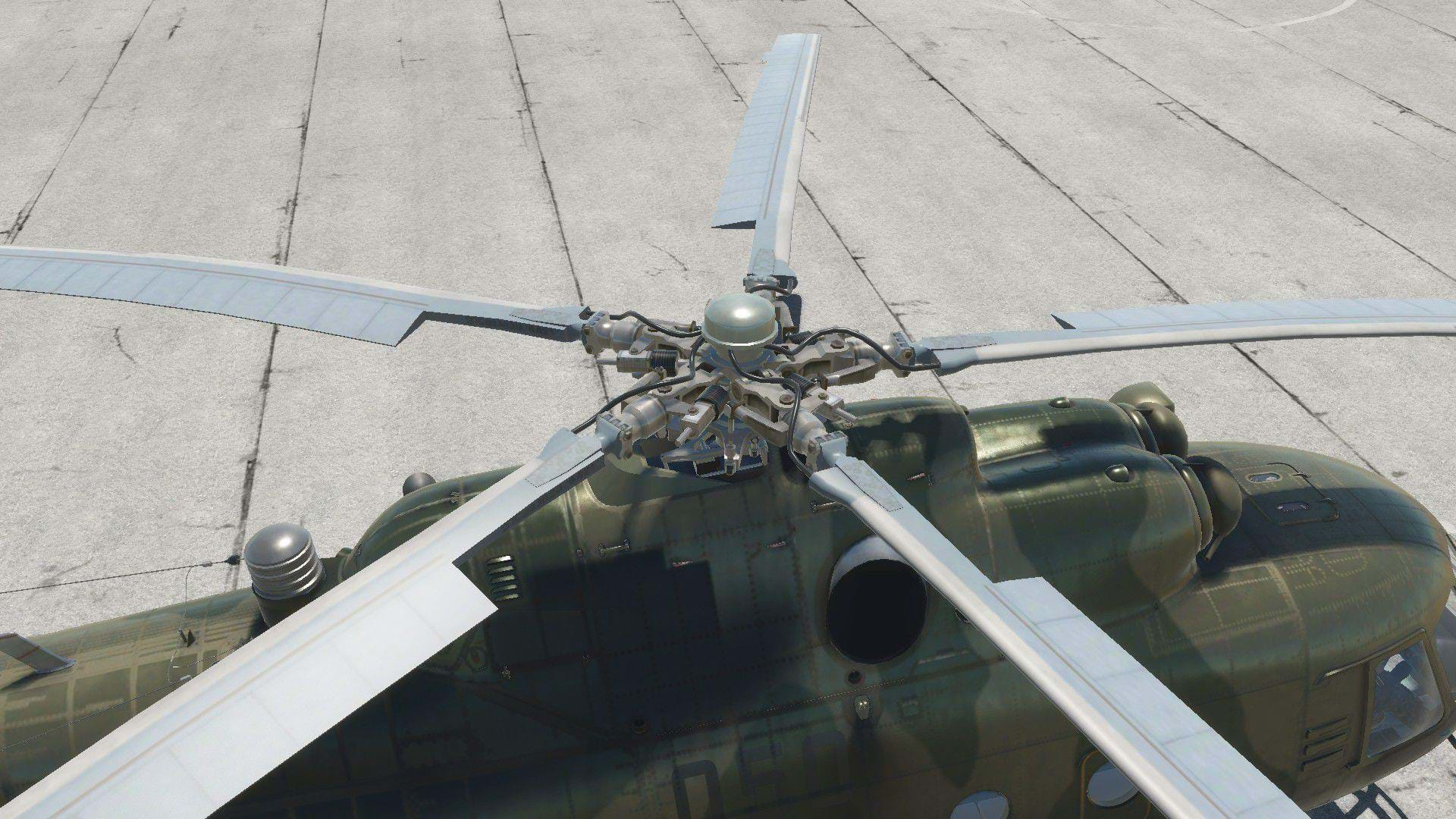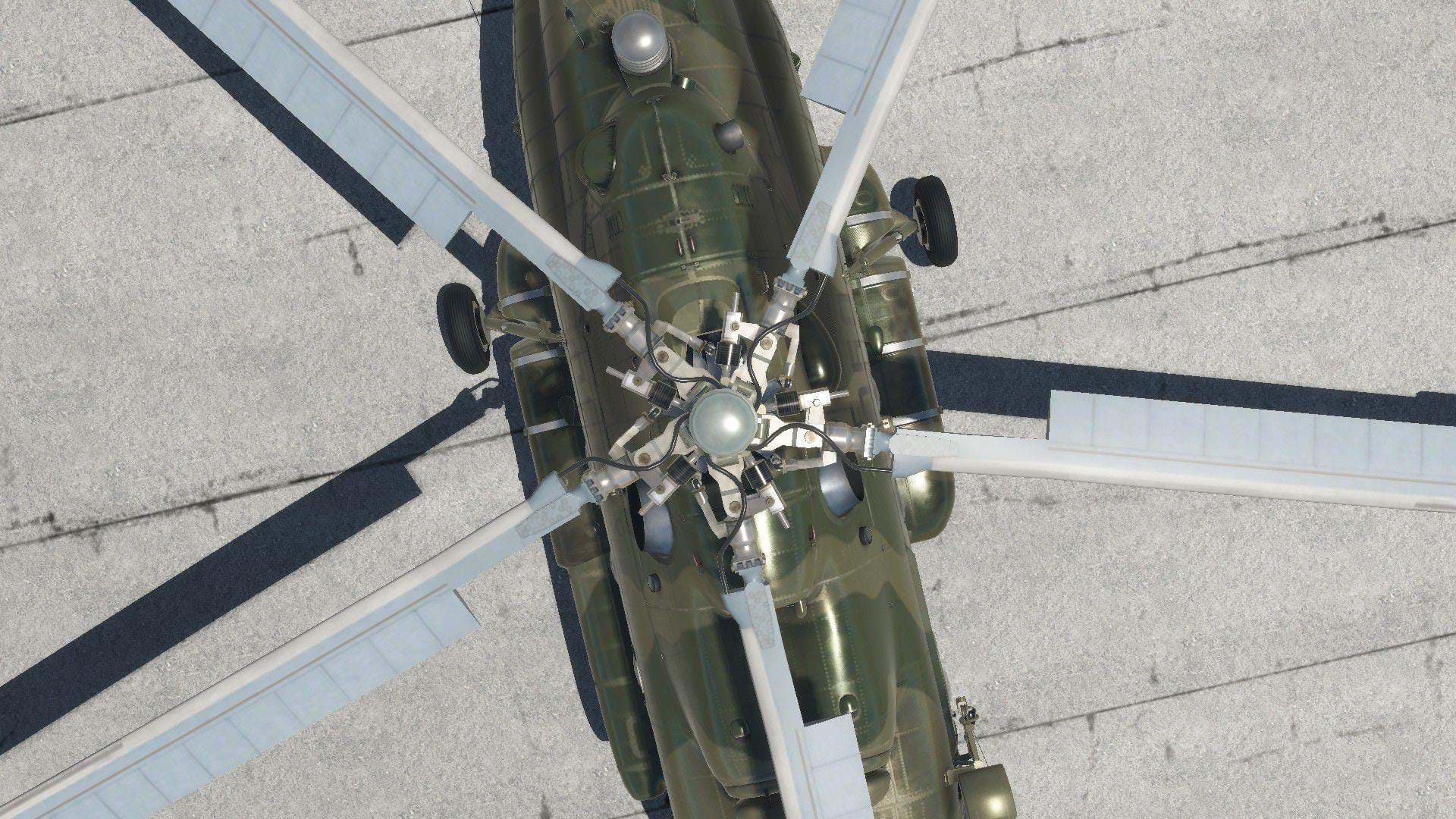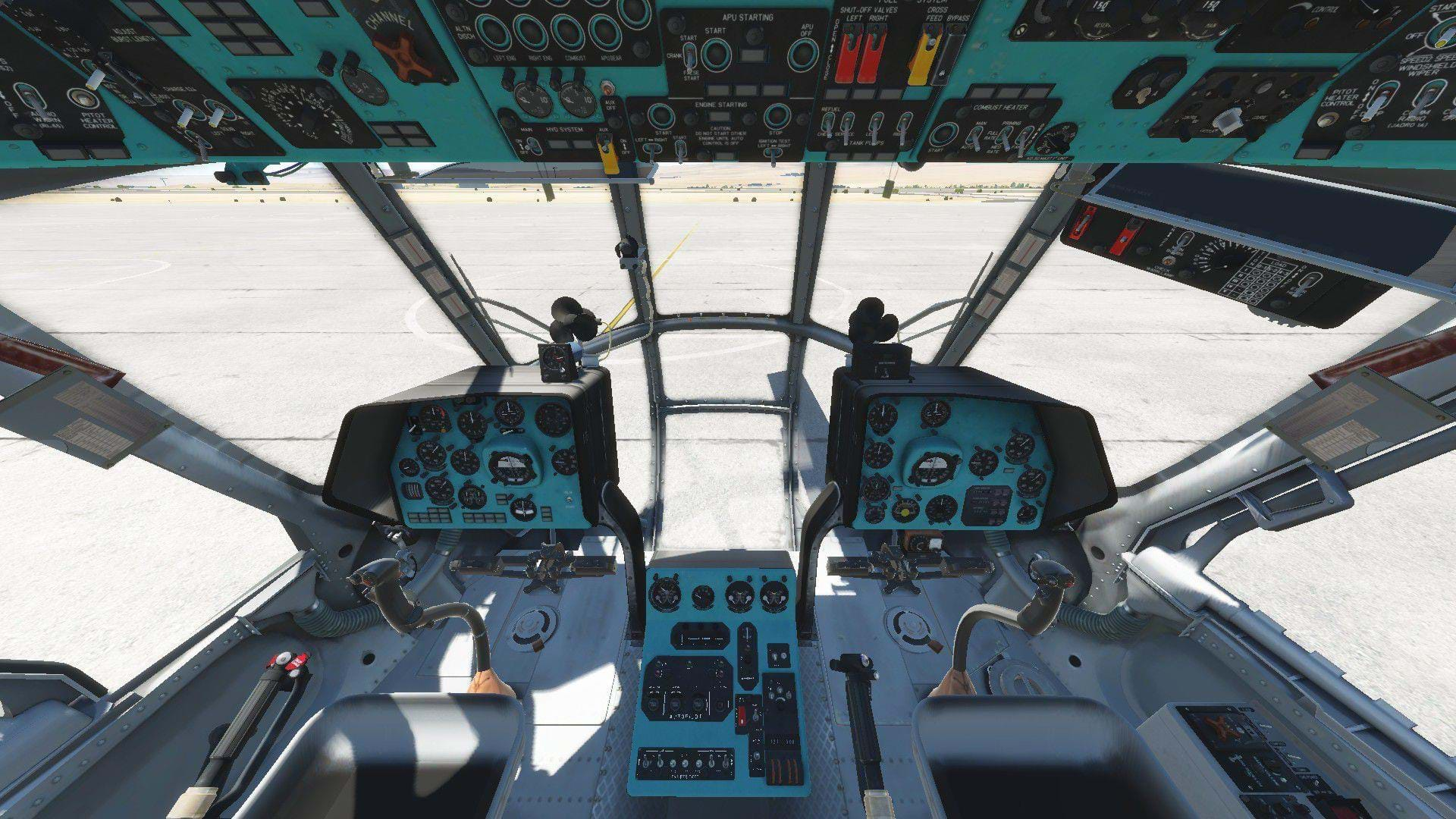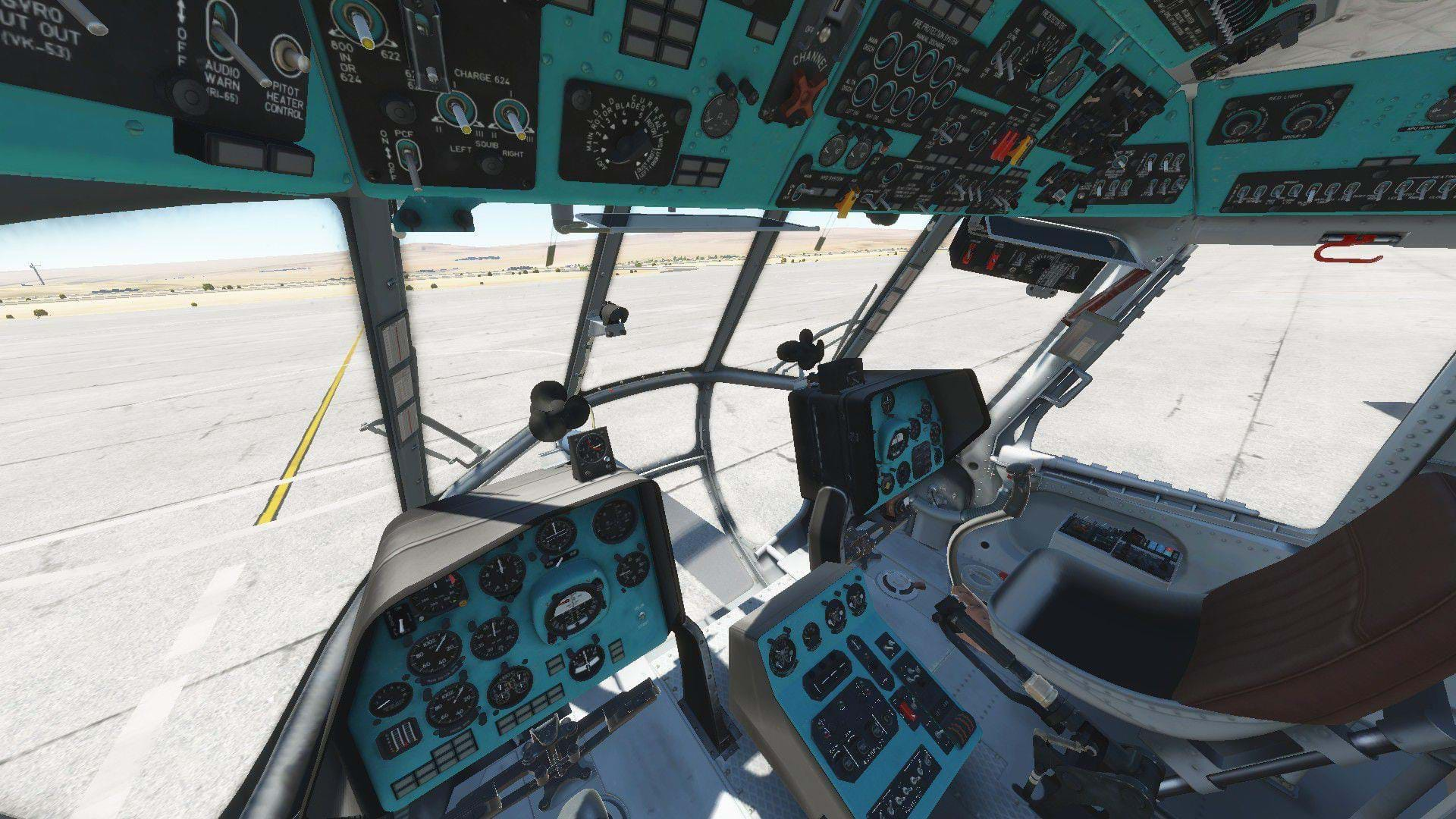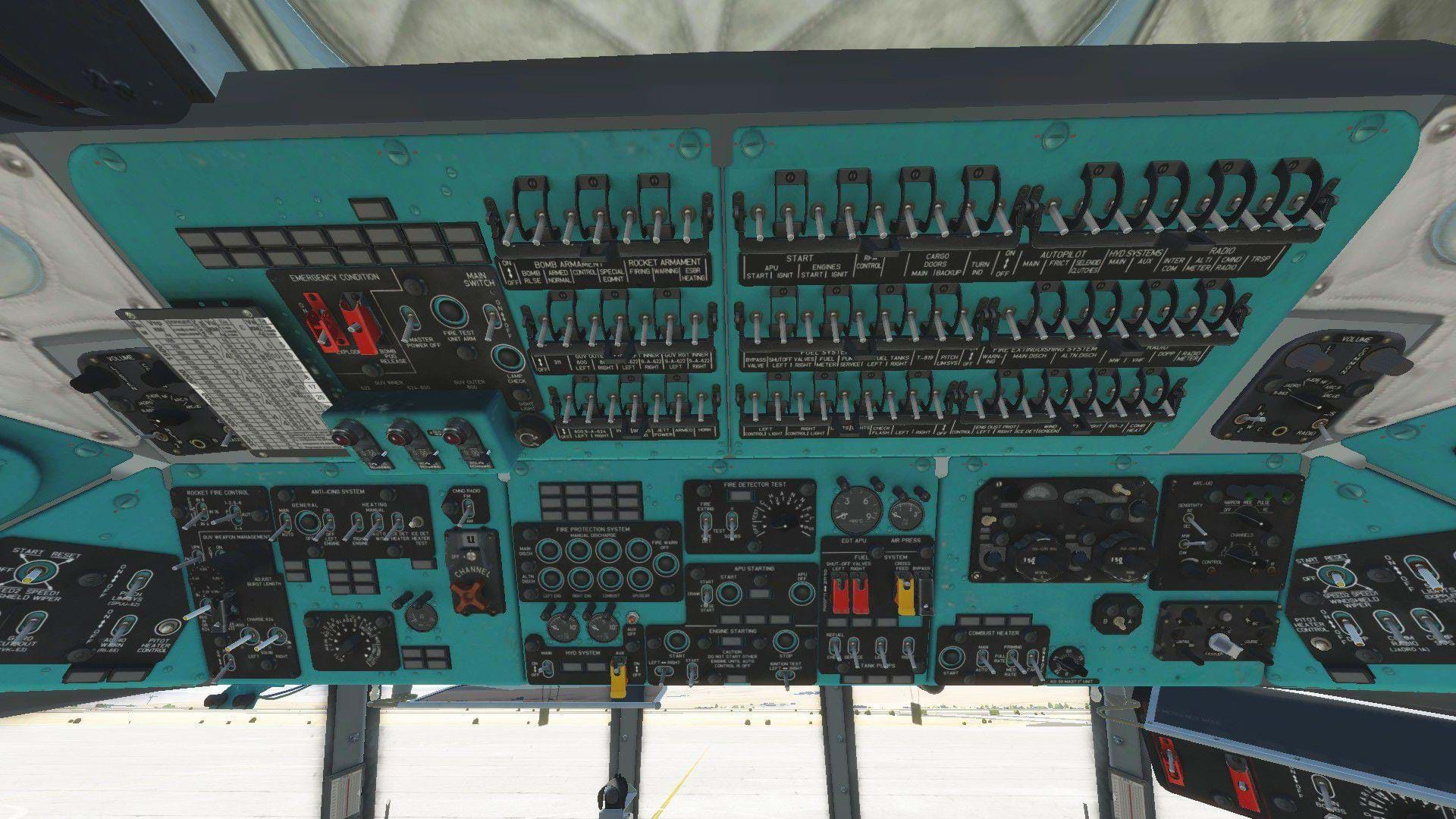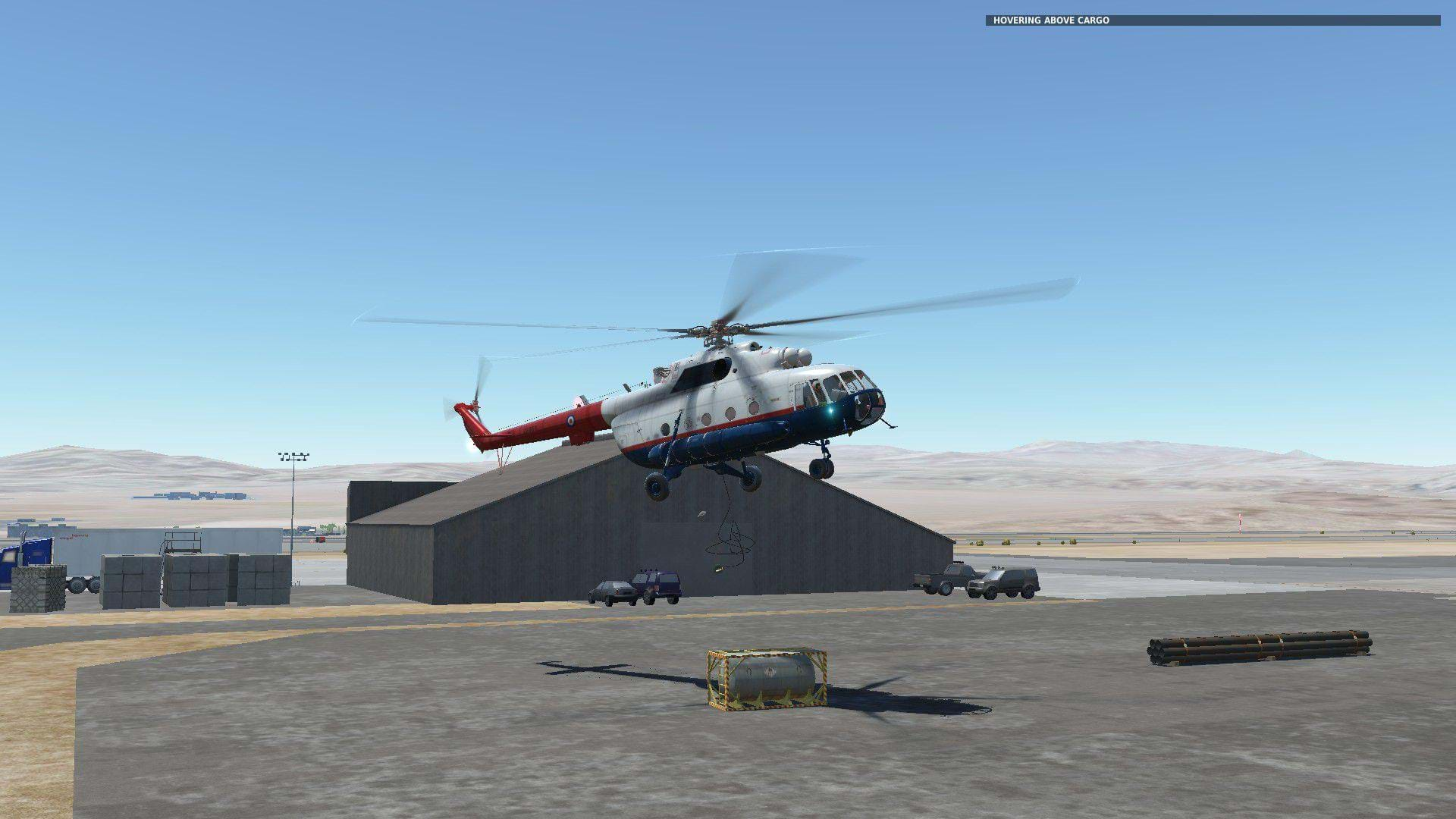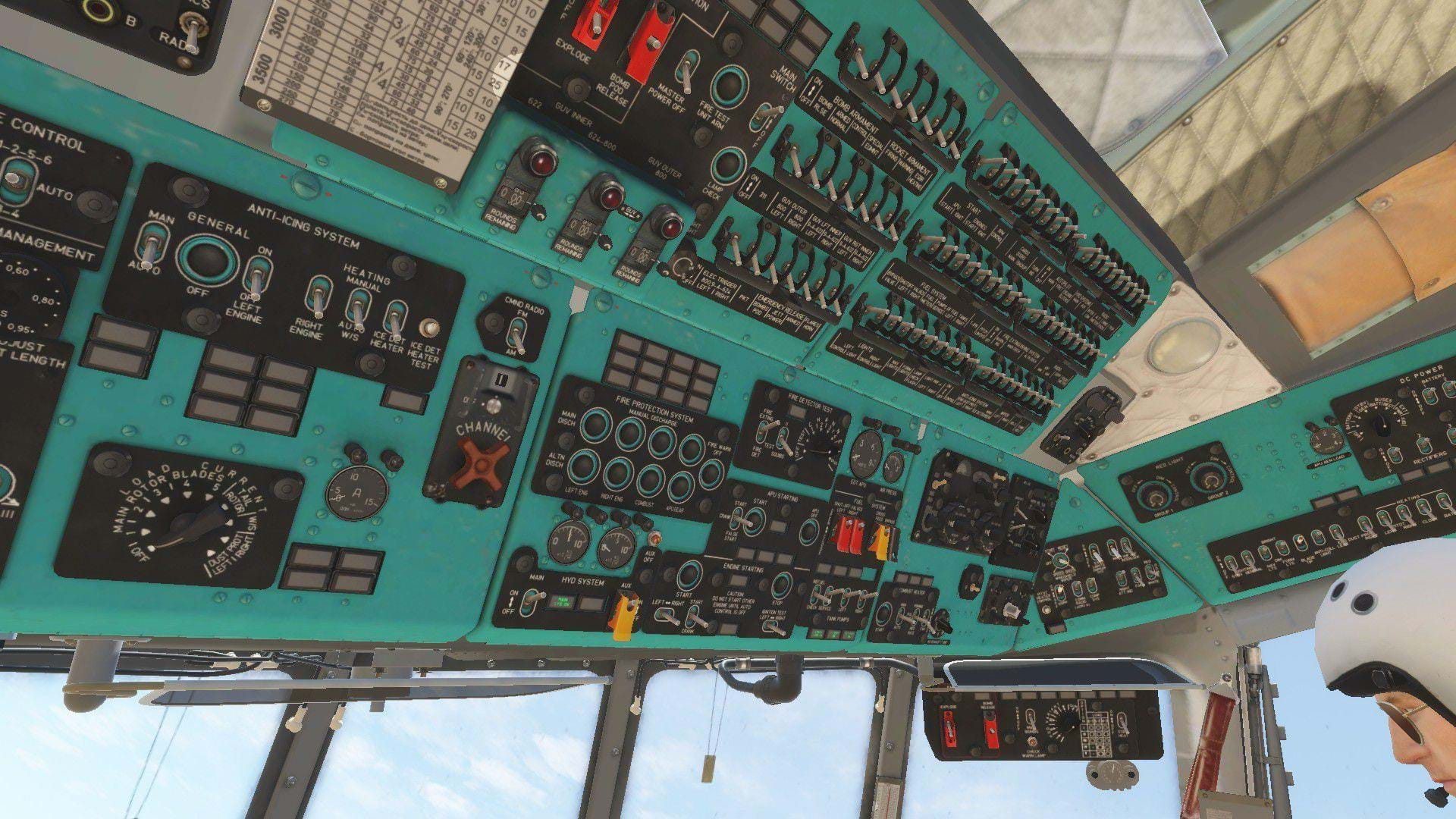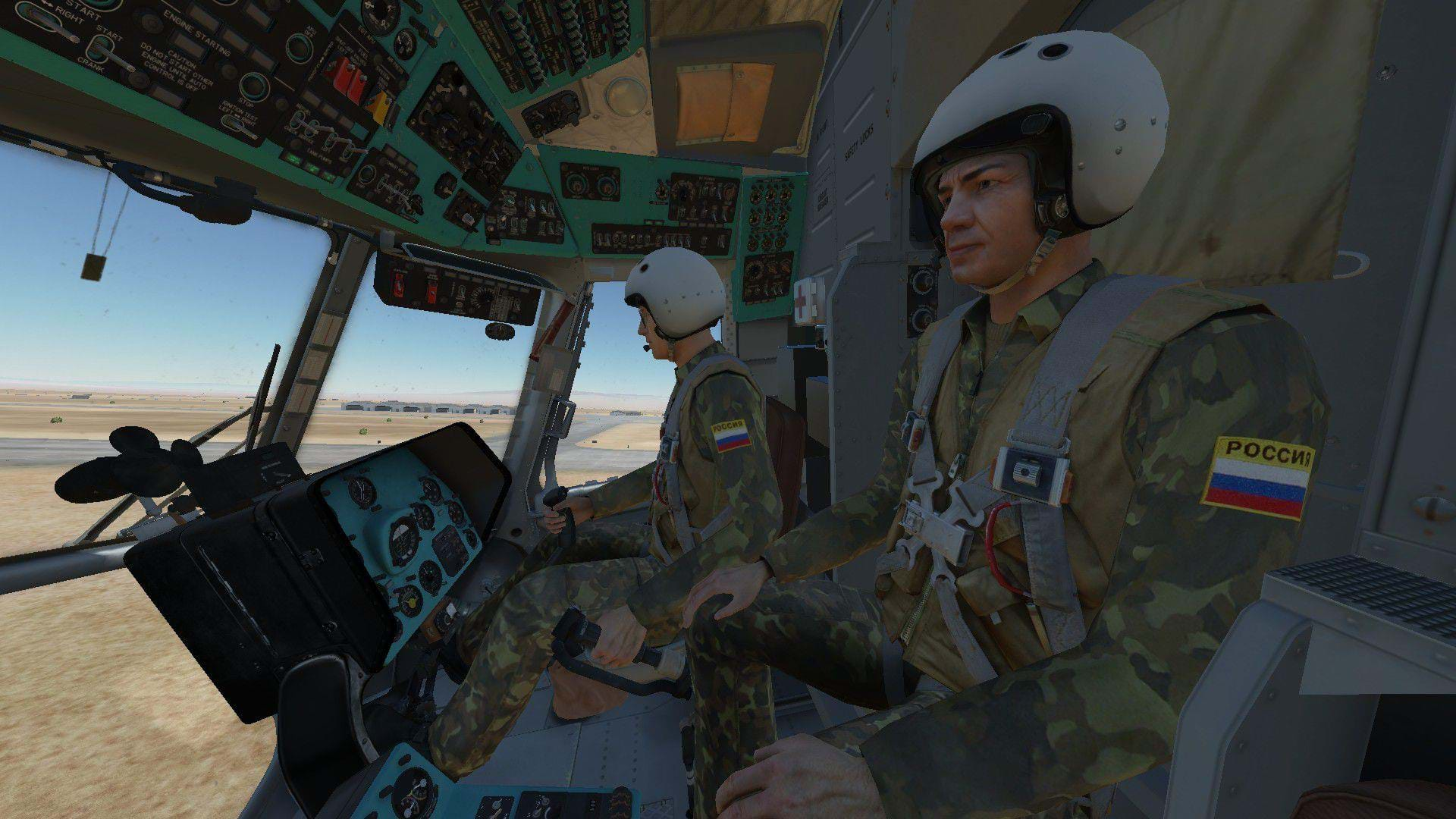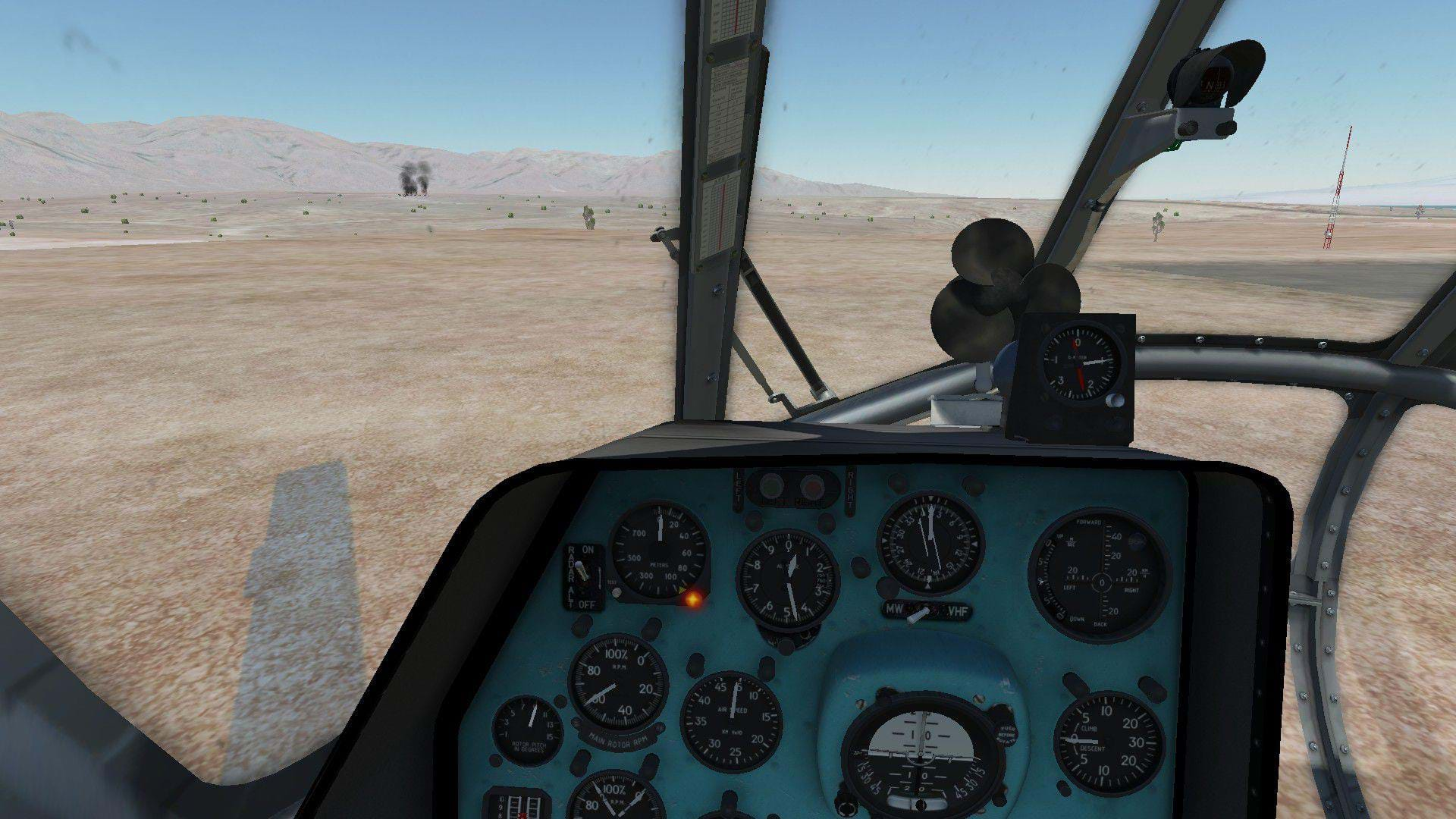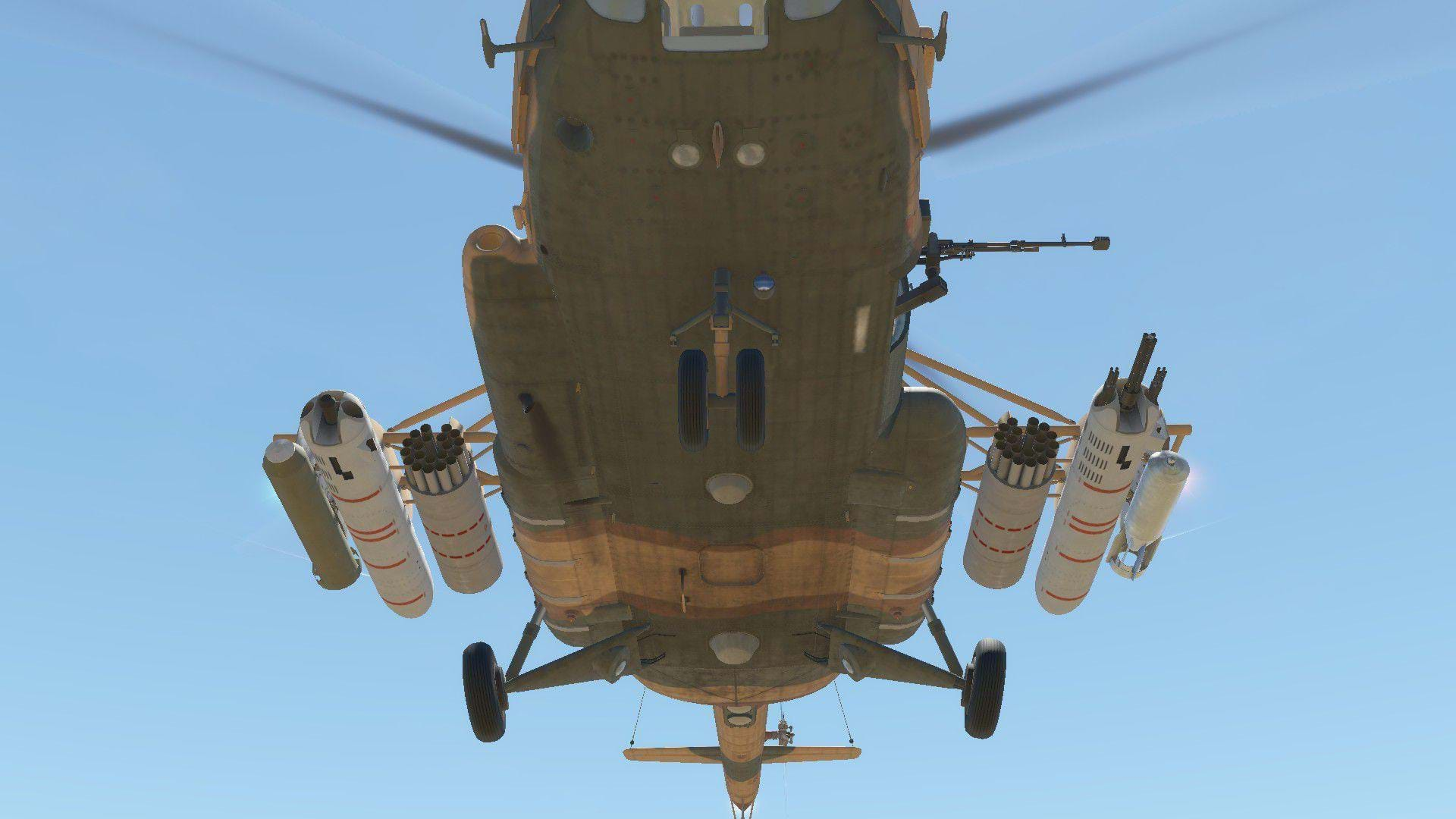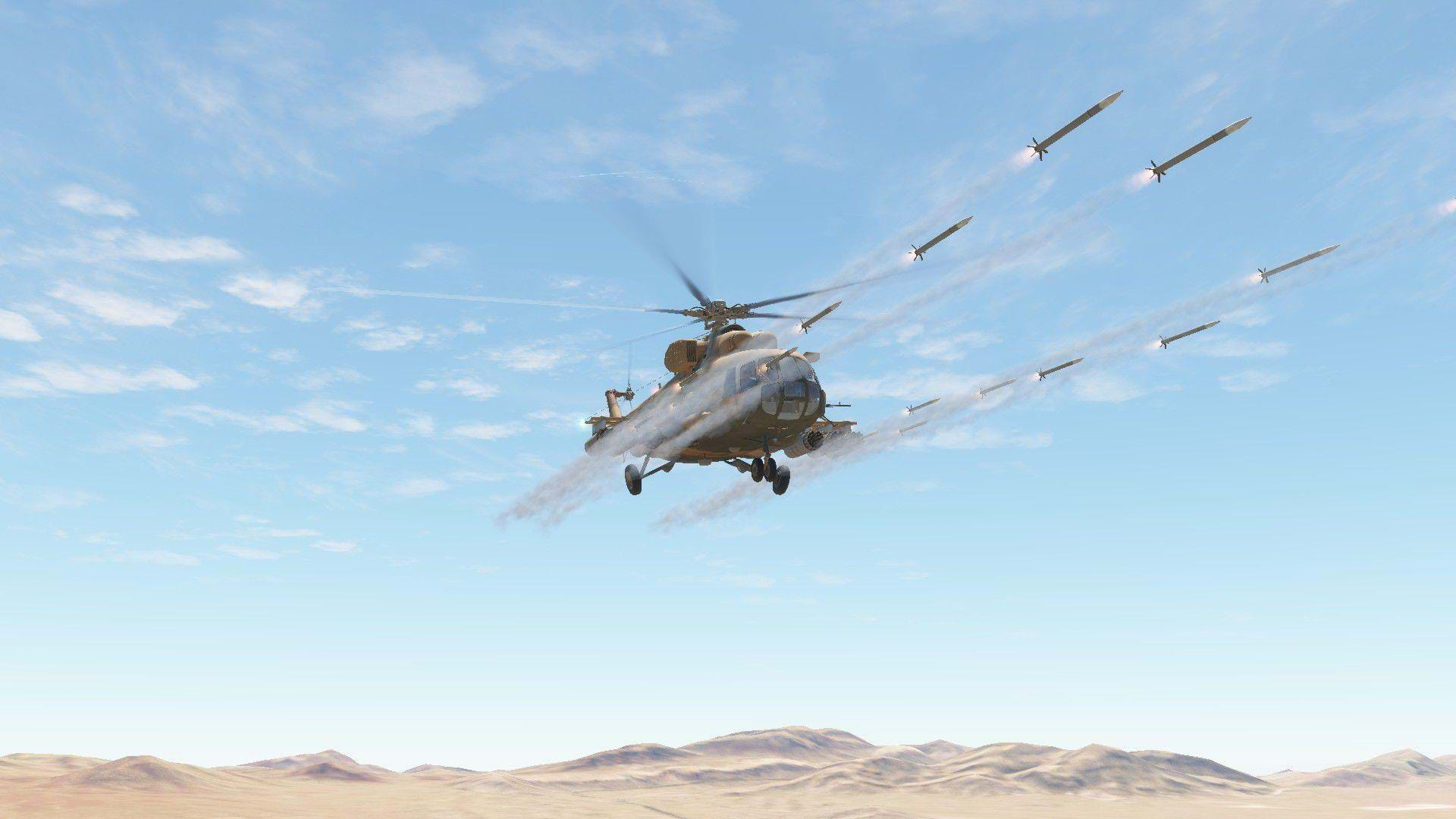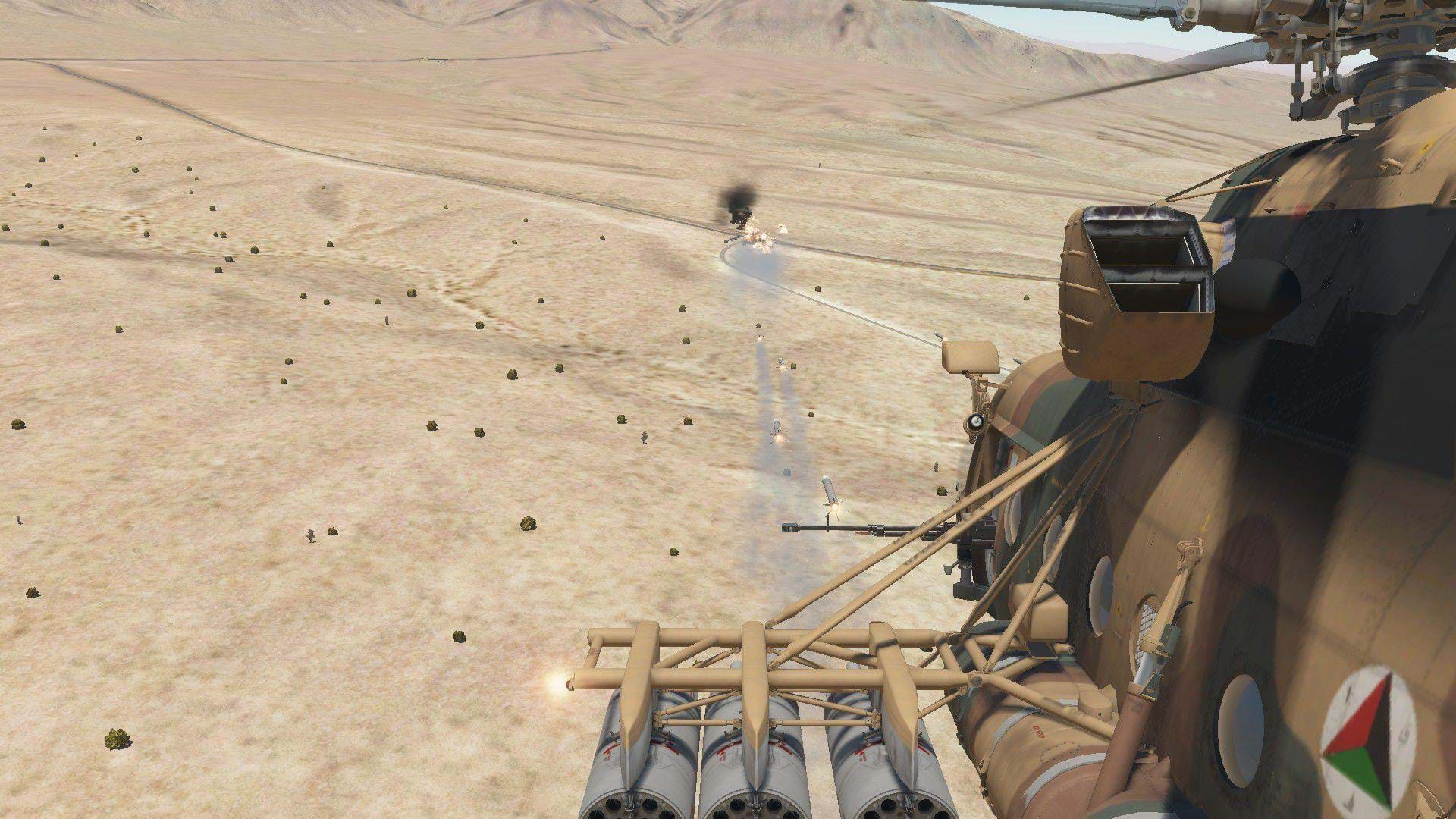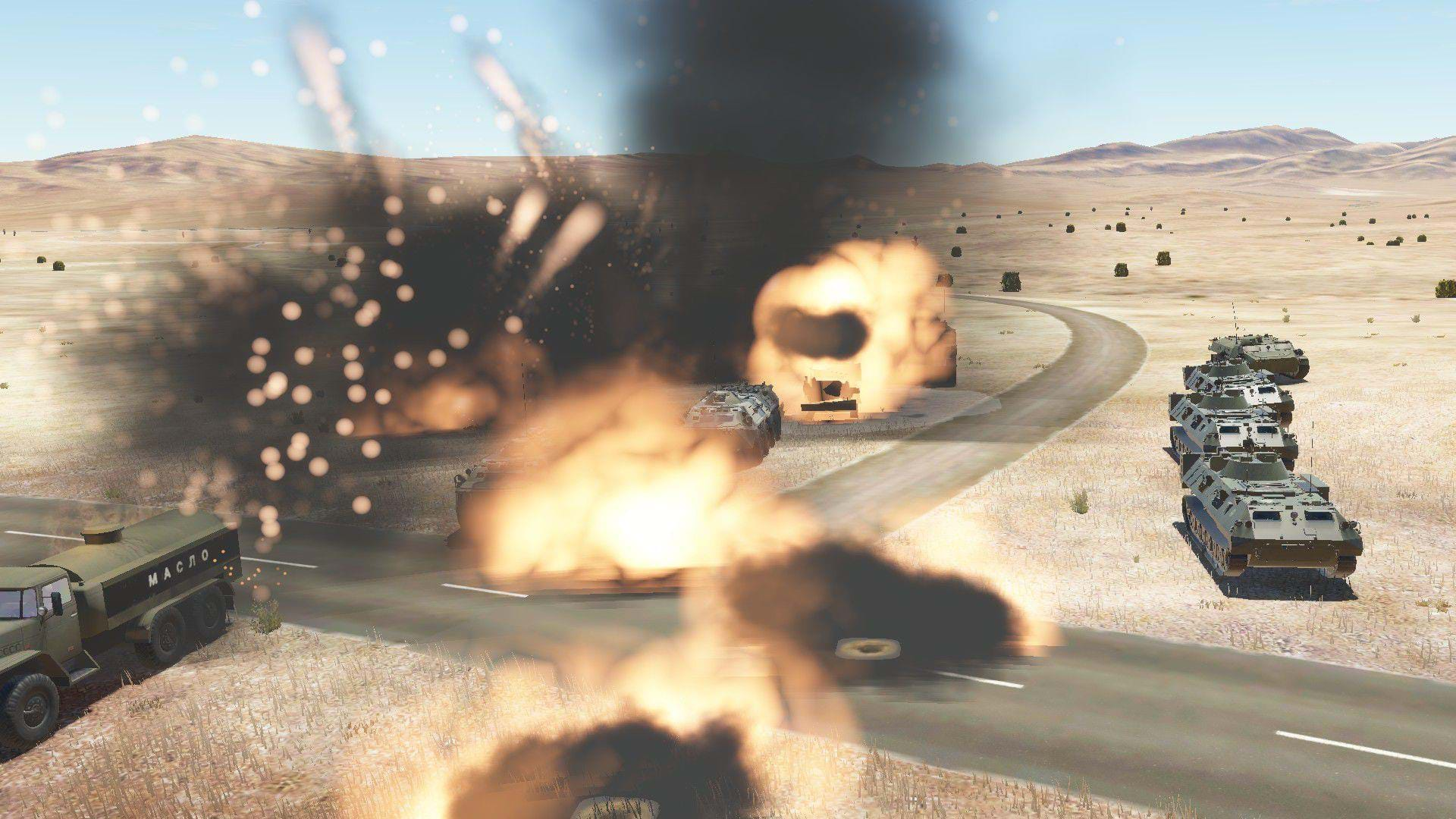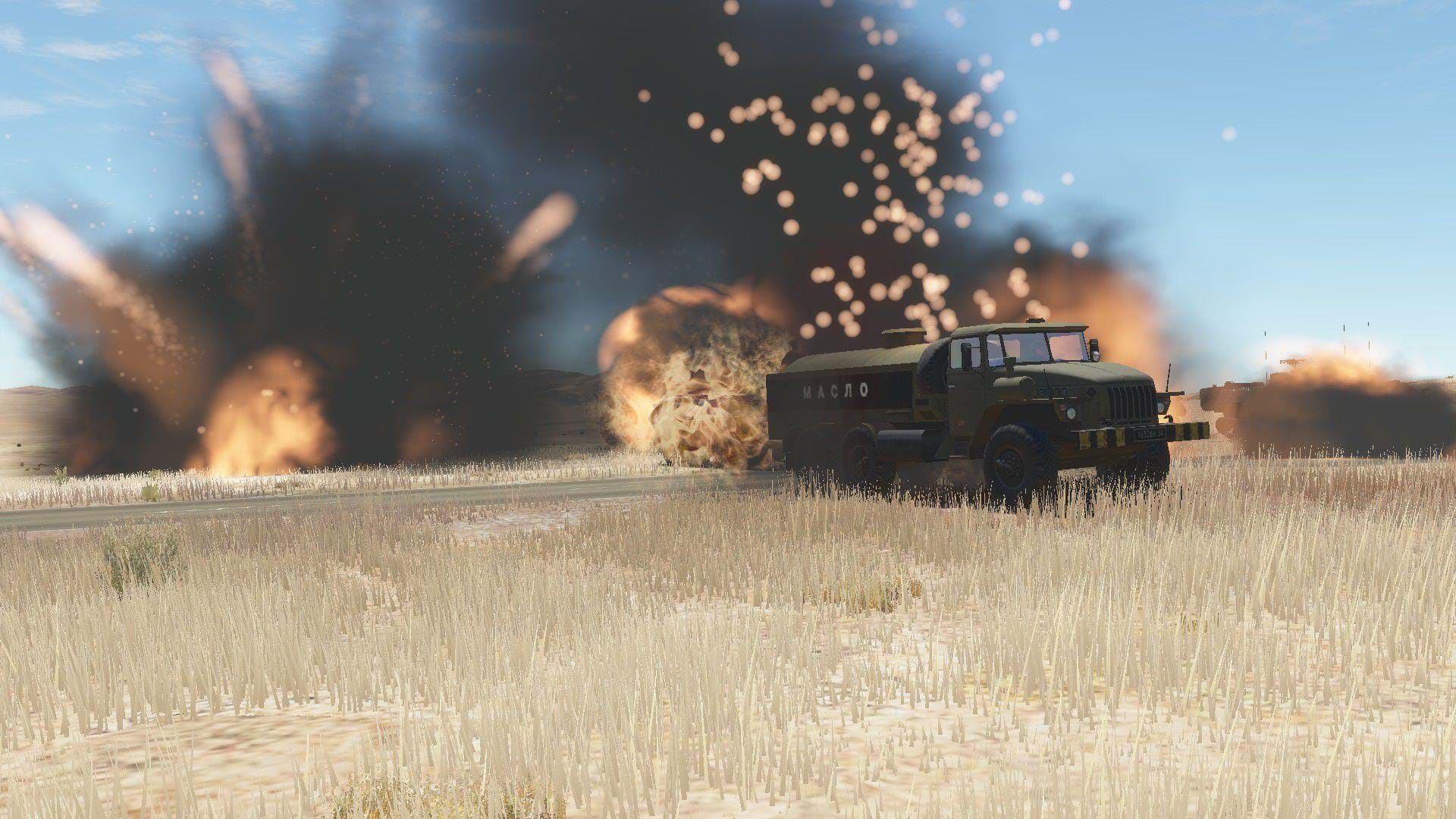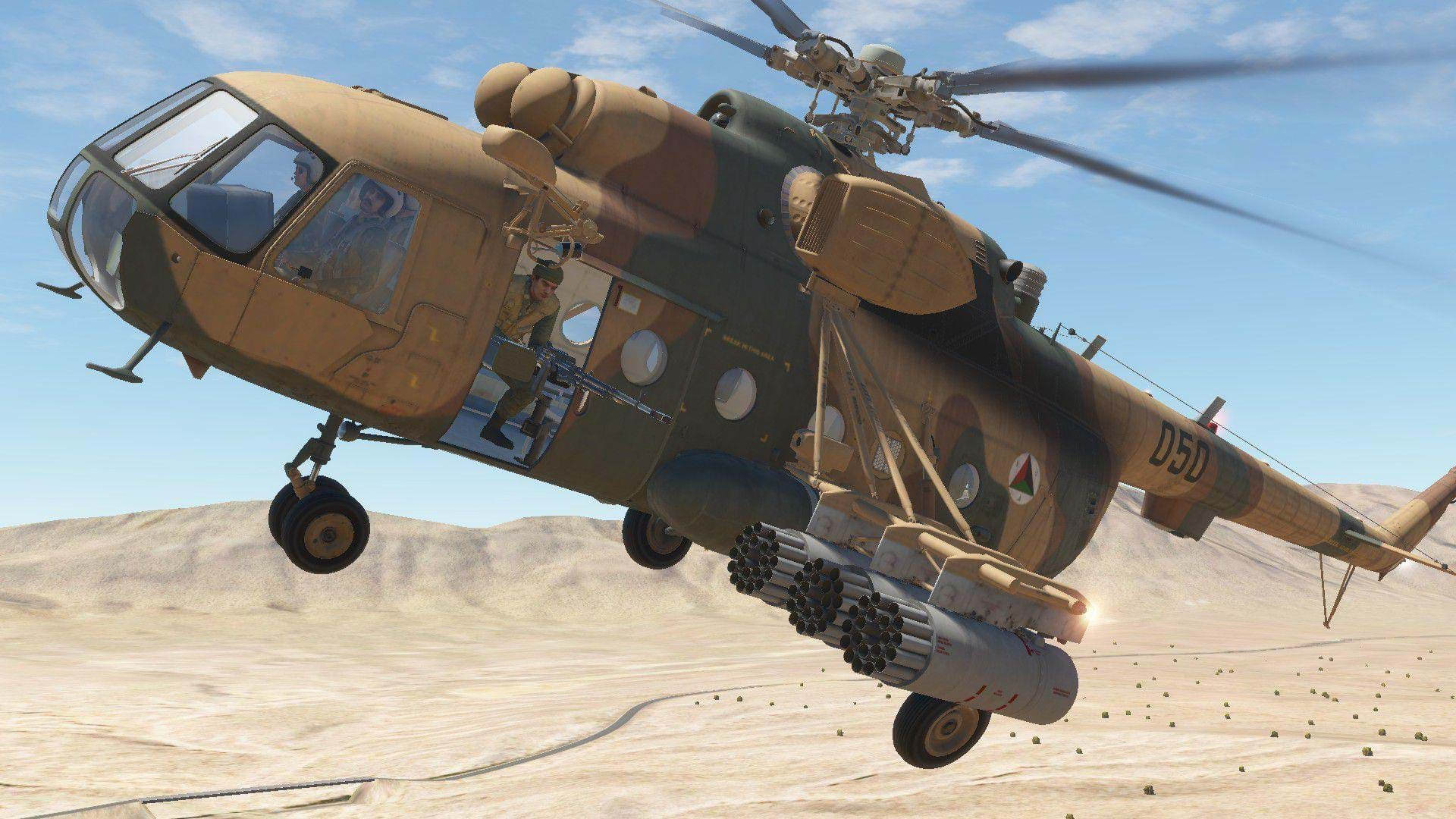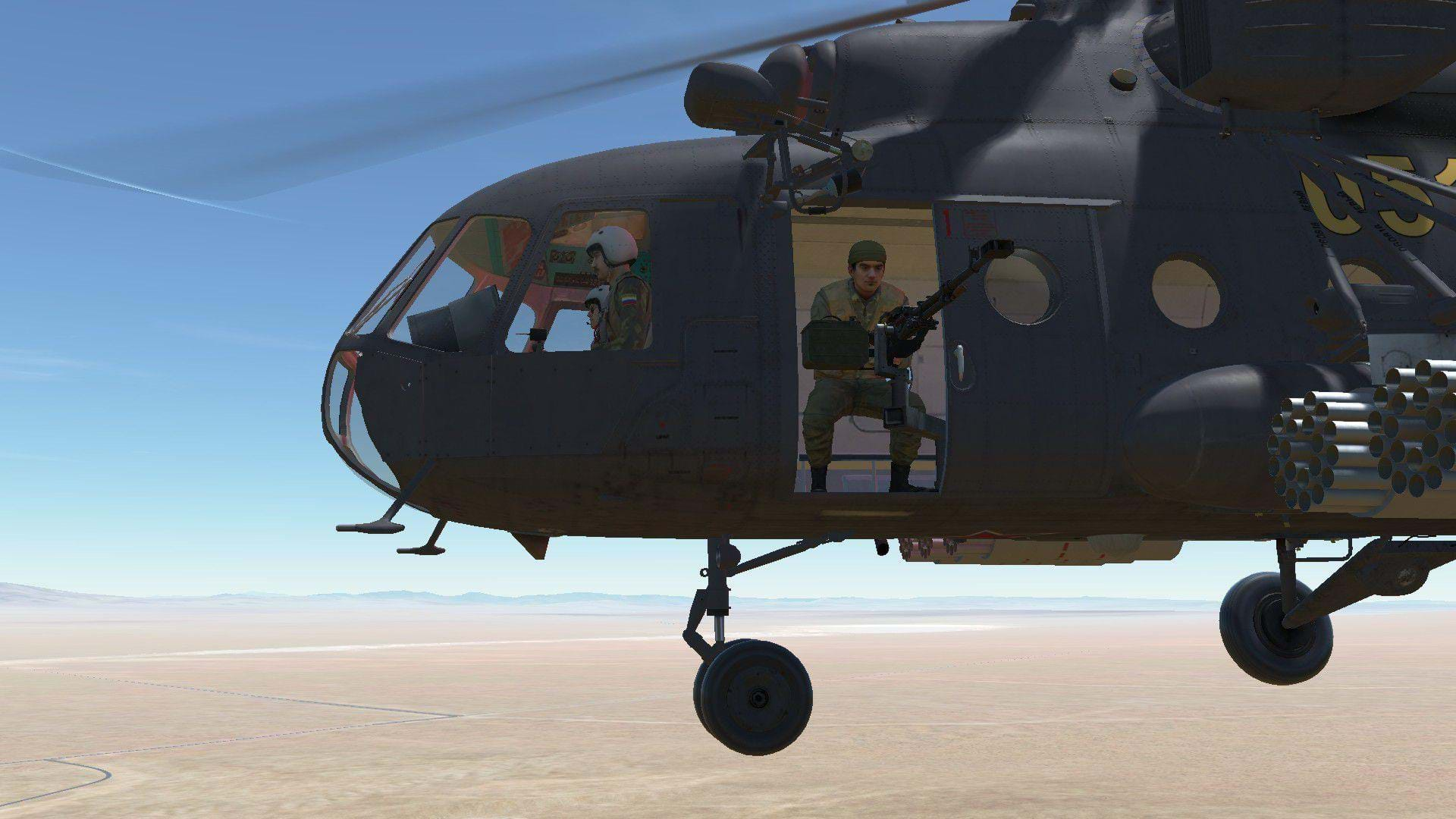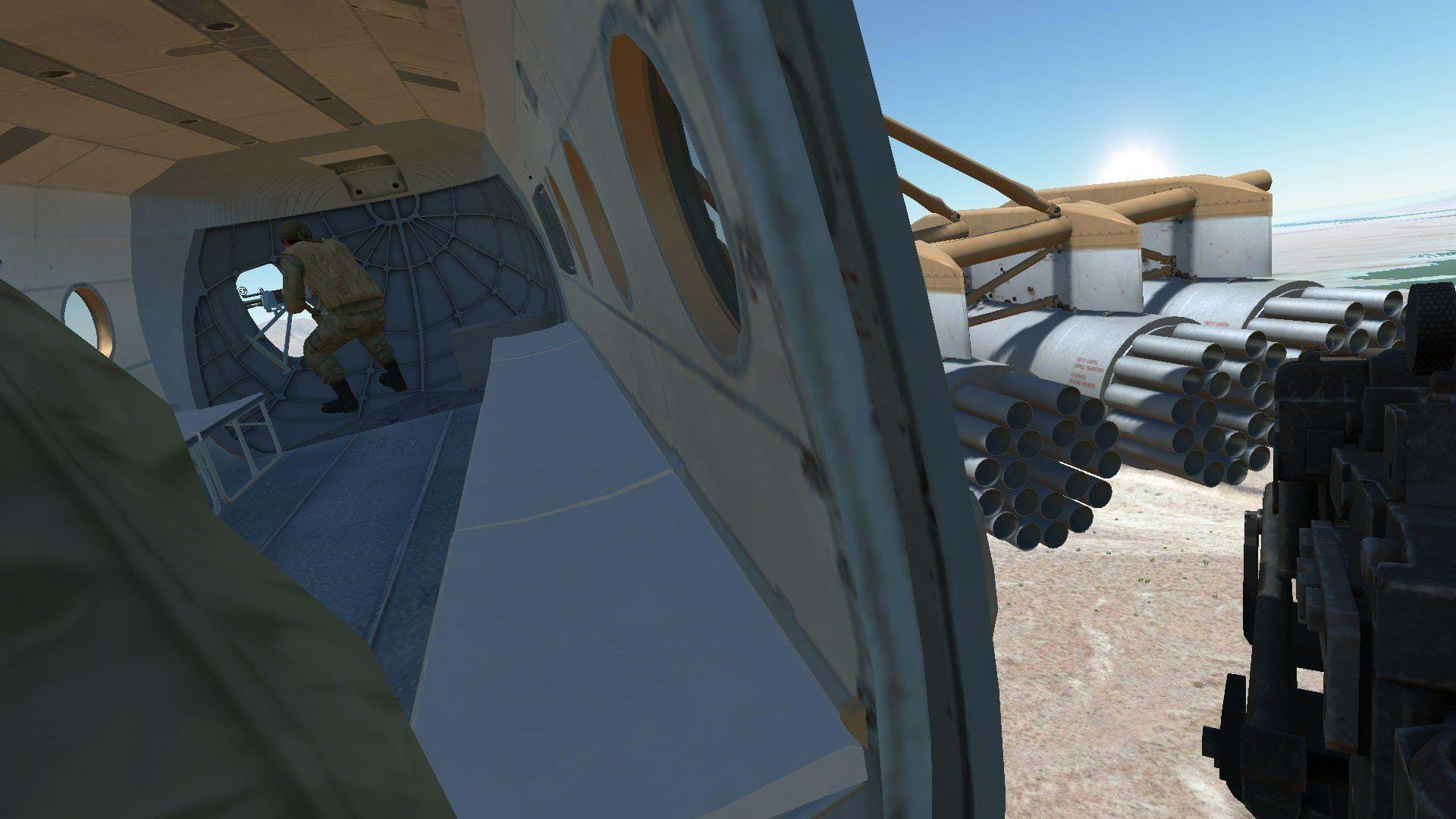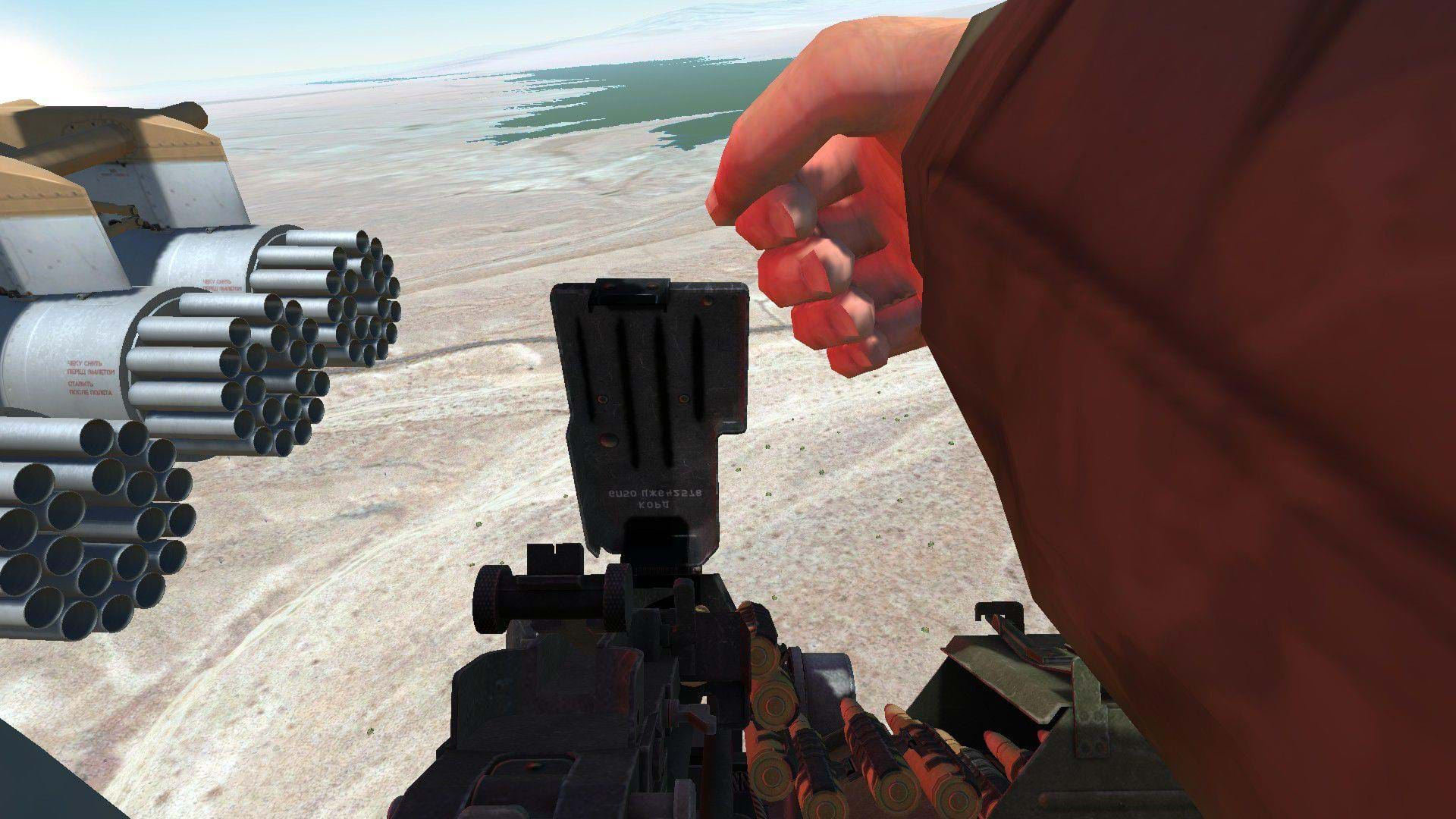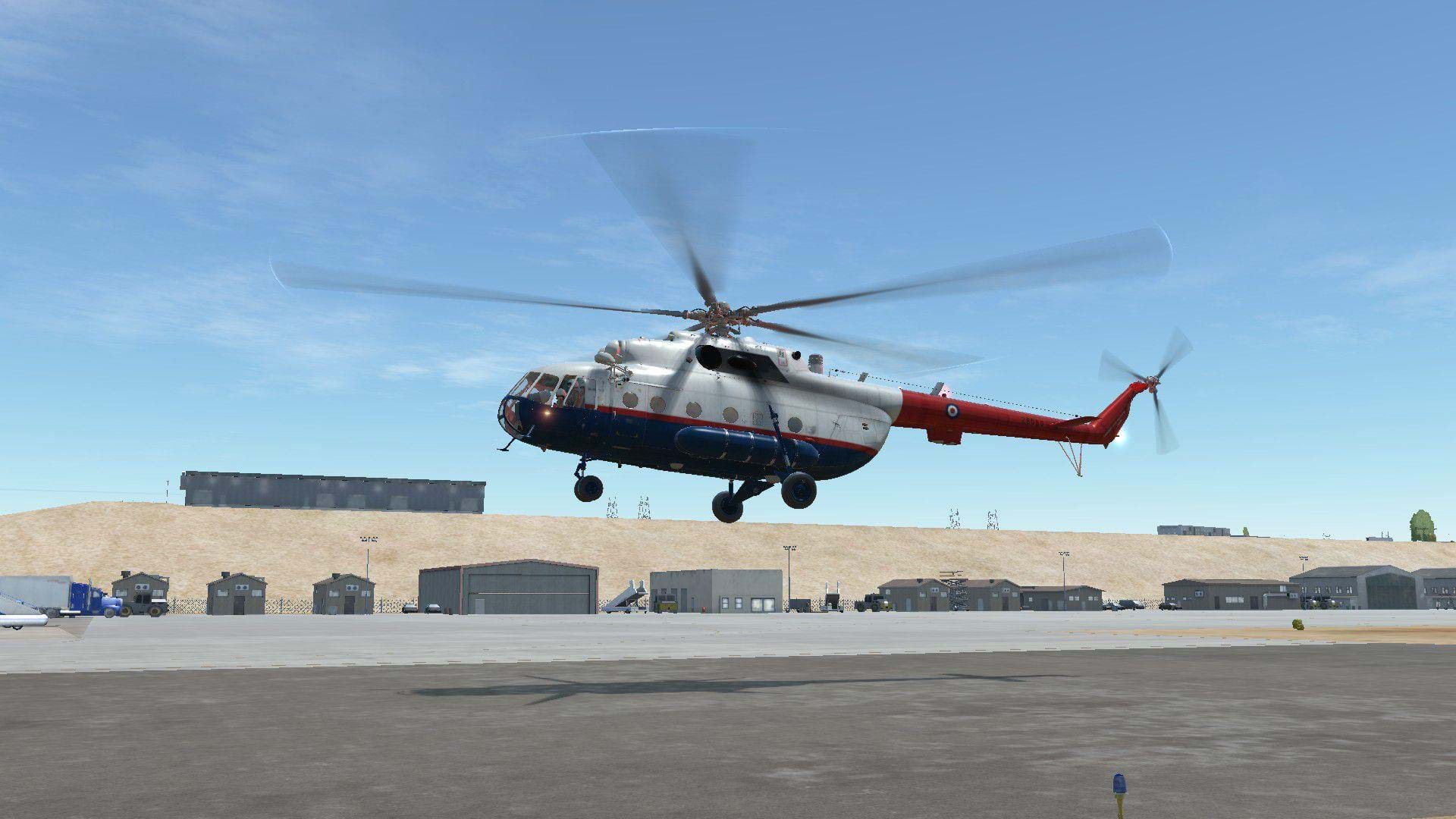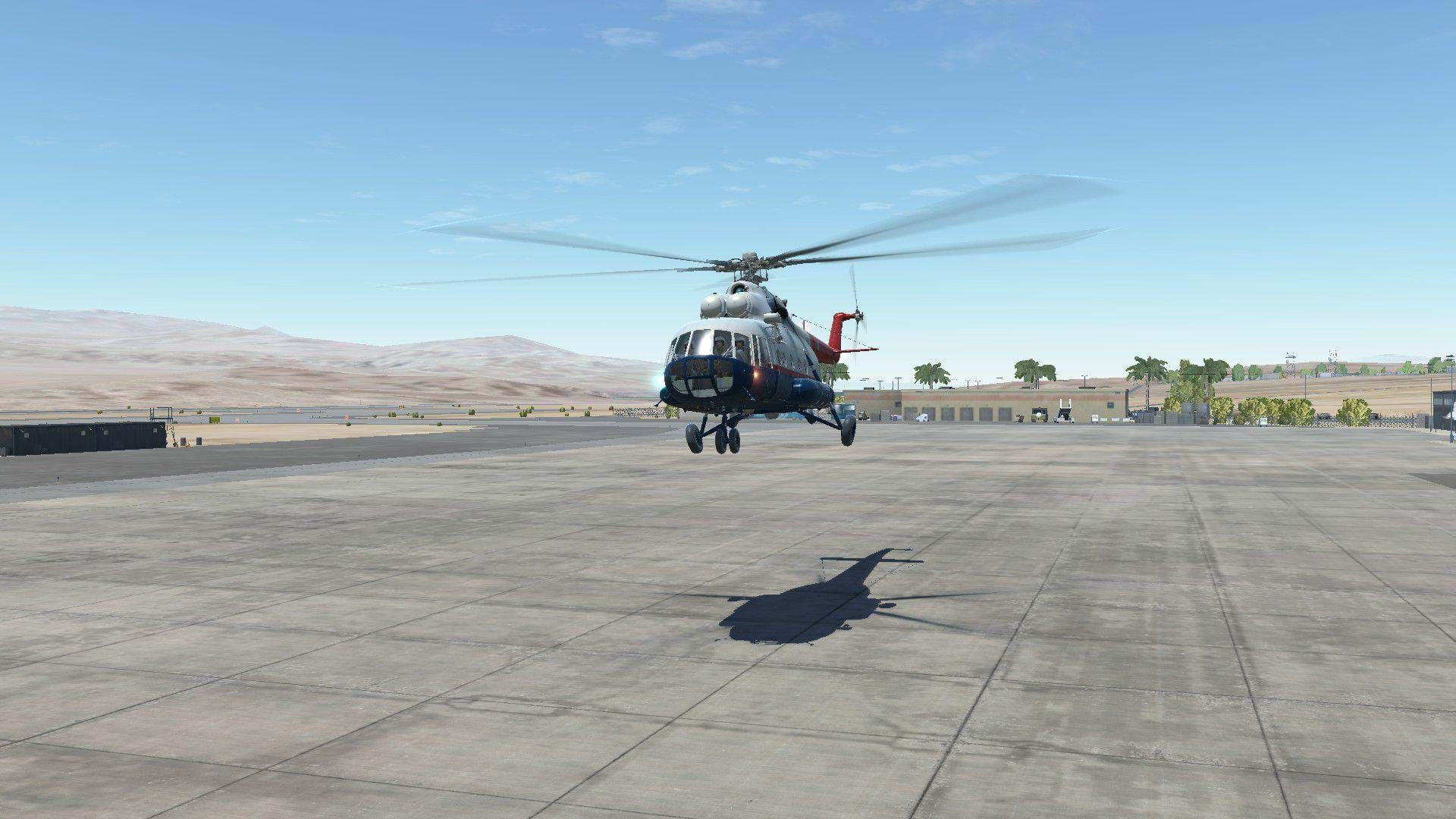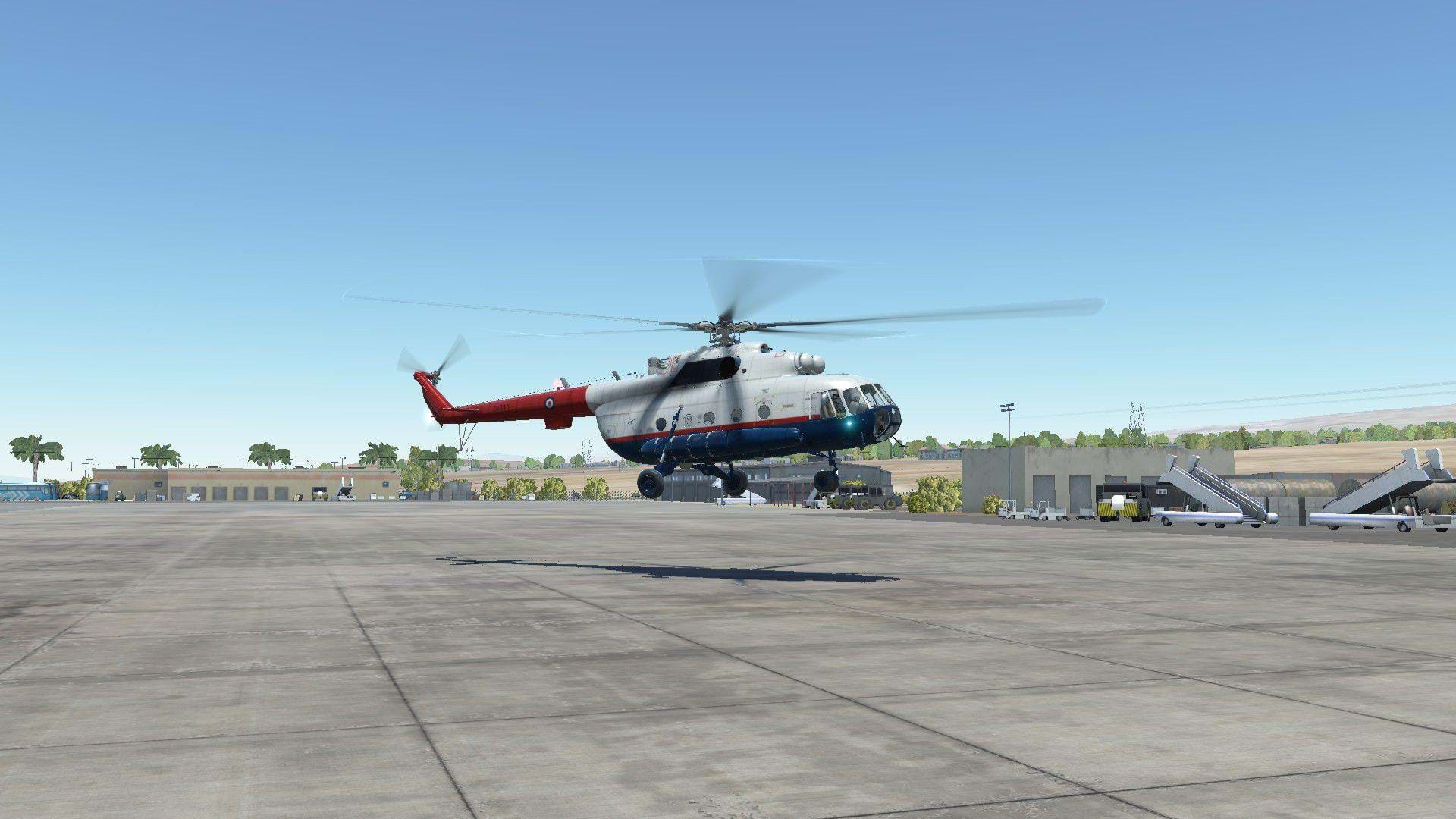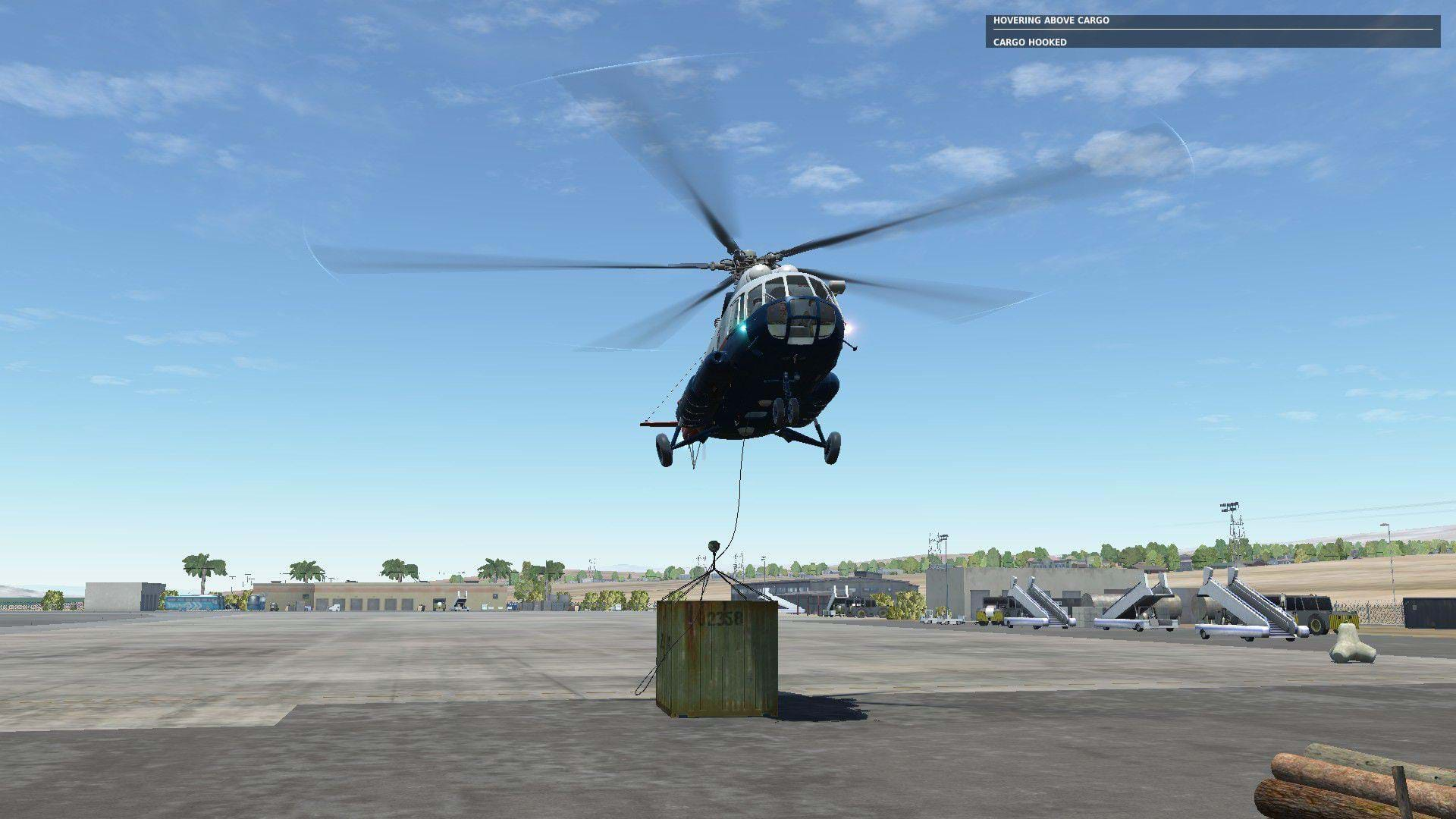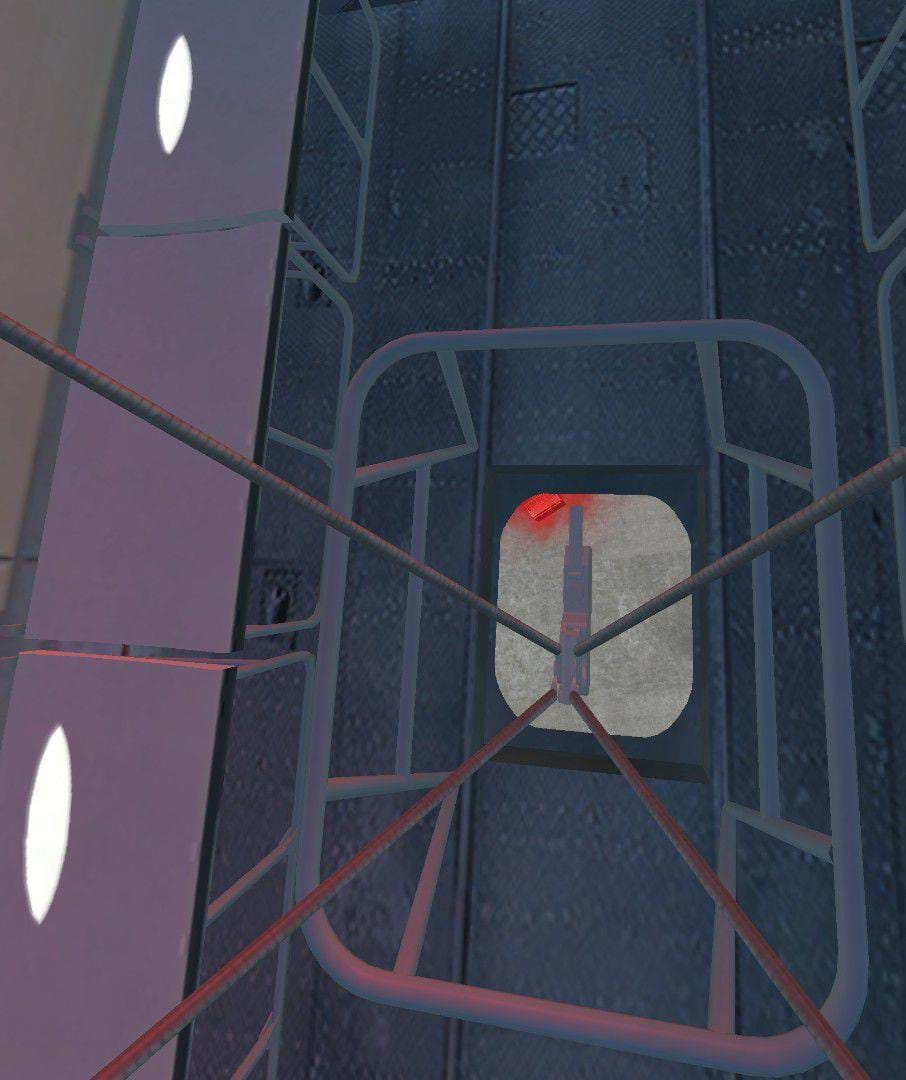The Mil Mi-8 is without a doubt, the most widely used rotorcraft to come out of the Soviet/Russian Cold War era. It’s been said that the Mi-8/17 is the AK-47 of aviation, in reference to its popularity with so many militaries across the world.
I’ve worked with, Mi-17’s on every one of my combat deployments in the Army, and have gotten to know the airframe from an operational point of view.
DCS is one of the most popular flight simulators on the market, and with the core terrain centered in south eastern Europe, it’s a no brainer that this airframe was brought into the fold.
Is it a Mi-8 or Mi-17?
The short answer is: YES.
This question has been the center of many online and face-to-face debates. As a matter of fact, I predict that this section of the article will spark debate!
So, what’s the difference?
To get a solid non-Wikipedia answer, I did some research. In addition to many hours of online sleuthing, I looked to my friends in the industry who’ve operated (flown or maintained) Mi-17’s, and a Mi-17 maintenance training center near Fort Rucker Alabama.
Various online sources like Wikipedia, will tell you that the Mi-8 and Mi-17 are distinguishable by what side the tail rotor was mounted; the Mi-8 has the tail rotor on the right side, and the Mi-17 on the left. Other variants sported extended or shortened engine intakes depending on what model engines were installed. This was true at one point in time, but it no longer appears so.
The answer I have gotten from my research and from all of the operators, maintainers and trainers I spoke with is pretty simple: the only difference between a modern Mi-8 (M models and later) and a Mi-17 is the country that bought it.
If it serves in the Russian Armed forces, it is a Mi-8, if it was bought by another country, it’s a Mi-17. Have a peak at the Mi-8/17 ‘s manufacturers website, and you’ll find no tail rotors mounted on the right side of the aircraft.
Some like to point to various features like, a ramp door vs. clamshell doors, round nose vs. pointed nose and other things as a way to differentiate. However, in my research for this review I found it really comes down to if the aircraft was an export, or remained in service in Russia or some former Soviet bloc country with strong ties to Russia.
The difference in physical features really just comes down to whatever the customer orders from the factory. Are you a foreign military who wants a round nose, ramp door and Klimov VK-2500 engines? No problem! The Kazan helicopter plant will crank out a Mi-17 for you.
Are you the Russian Army looking for a pointy nose, clam shell doors and TV3-117VM engines? Mi-8, coming your way! It’s basically the Build-A-Bear business model, but with helicopters instead of teddy bears. You can see examples of all of these combinations at the manufactures website link above.
The BelSimTek Mi-8 has been out for a while, and is a solid favorite for a lot of DCS users. If you’re a long time DCS helicopter enthusiast you probably already have this module. If you do have it, you’ve probably already have decided how you feel about it.
This review is primarily geared toward those who don’t have it and are thinking about getting it, or might be thinking about getting into DCS and looking for their first module.
First Look
The Mi-8 is the largest helicopter available for DCS, Looking at it from the outside it’s pretty clear this that it’s significantly larger than the UH-1. But like the UH-1, BelSimTek put a lot of energy into the details of their visual model. The external model is full of details that show off BelSimTek’s attention to these.
The main rotor system of the Mi-8 features the long elegant rotor blades that most Mil helicopters are known for. BelSimTek did a good job of modeling all of the details of the main rotor hub.
What was especially impressive to me was the animation of the main rotor. When you really slow down the game play in DCS (Alt +Z), you can see the cyclic feathering of each of the main rotor blades as the main rotor spins.
This is the first review where I’ve looked for this, so I’m not sure if any other helicopters in DCS do it. It’s also not anything that one would normally notice during normal game play, but it’s still really cool to see.
The tail rotor of this model also features a good amount of detail.
The modeling of the cockpit really shows off BelSimTek’s attention to detail once again. During my research for this review, I stopped by Concord XXI, a company that offers Mi-17 training worldwide, and also happened to have a location not far from when I lived at the time.
Concord XXI has a Mi-17 simulator that one of the maintenance instructors was kind enough to let me have a look at. I didn’t get to fly it, but I did get a chance to study the cockpit layout and get a feel for the space. I’ve sat in an Mi-17 before, but it was almost 7 years ago, so the trip to Concords flight simulator was a good refresher.
BelSimTek’s depiction of the Mi-8’s cockpit is pretty spot on. There were some differences between the Simulator I sat in, and the one modeled for DCS, but for the most part I was able to look around Concords simulator and recognize everything from the cold start tutorial that comes with the DCS model.
The banks of switches, knobs and levers were all where I expected them to be after having sat with the DCS model for few hours. This was a good sign that BelSimTek had done their homework when it came to modeling the Mi-8 crew stations.
Sitting in this model in VR, you really get a feel for the spaciousness of the Mi-8’s cockpit, it almost has a vintage airliner feel to it. I also was forced to appreciate the good overhead visibility that I’ve enjoyed in other helicopters. The roof of the Mi-8 is filled with switches, knobs and buttons, so there is zero overhead visibility.
Sounds
The sound engineering for the BelSimTek Mi-8 are even better than the UH-1! Now, don’t get me wrong, I still love the sound of the UH-1 more than the Mi-8, but the sounds used with this model seem like they were mixed and integrated based on lessons learned from the UH-1.
The external sounds are more clear, and are distinctly Mil. I’ve never been inside an Mi-8/17 in flight so I can’t personally attest to the accuracy of the internal sounds, but the external sounds are fantastic.
My favorite sounds are the voice commands you get from your “crew” when doing external load operations. Once a load is selected, and the aircraft gets close enough, you’ll hear a voice giving you cues to help guide you over the load in order to get it hooked up.
This is a huge help because of the models size, and limited visibility. More on external loads later on in the review.
Systems
If you read my Ka-50 Review I mentioned that the Kamov helicopter was very “Russian” in its cockpit lay out. Well… The Mi-8 is REALLY Russian! The Mi-8 isn’t a very technologically advanced aircraft, but the flight deck looks akin to the inside of Tupolev bomber than any helicopter.
The Mi-8 was clearly designed to be flown by a crew of three, Pilot, Co-Pilot and flight engineer or crew chief. Not unlike early Jet airliners and bombers designed during the same time frame. The proof of this design mentality is clear when you try to start this beast of a machine.
If you like long, drawn out, complex startups (I personally, do not), the Mi-8 is for you! In real life, the only way to start this helicopter single pilot is to have arms five feet long, or get up leaving the flight controls unattended and move around the cockpit to move a knob or select a switch position.
The placement of some of the engine instruments also suggests that this airframe is intended to be operated by a crew of three. The center console between the two pilot seats really isn’t in prime position for easy reference by the pilots. But it’s in perfect position for the flight engineer.
A real-life Mi-8 crew could get away with operating the aircraft with a crew of two, and it’s often flown that way, especially with its civilian operators, but three is more realistic for combat operations.
The run-up procedure for the Mi-8 is very involved compared to other sim Aircraft on the market. It’s helpful to go the cold start tutorial that comes with the module.
It’s important to note, that you have to move about the cockpit quite a bit to get this machine started. Switches are often on the Co-Pilots side, or above and behind you.
Having never flown a Mi-8 I can’t attest to accuracy of the BelSimTek Mi-8 system modeling. But, based on my experience with twin engine helicopters there is one thing in particular that I am reservations about, and that’s this model’s single engine, or OEI (One Engine Inoperative) operations.
For the most part, I felt like the OEI performance was a bit over powered, however without access to Mi-8 performance data, I can’t tell if my assessment is accurate or not. Also, during testing I found that this model will maintain an OGE over at 70% rotor RPM while single engine.
I don’t need a lot of performance data to be suspicious of that behavior. Aside from that, there’s another aspect of this models OEI performance that I found very odd.
Before I go on to describe it, I’ll note that I wasn’t always able to duplicate this scenario, and I didn’t test this model enough prior to publishing this review to be able to determine if this is a bug, or just some anomaly.
Typically, in a twin-engine helicopter, one engine is capable of maintaining the rotor RPM at flight idle on the ground, and depending on the weight, pressure altitude and temperature, most twin-engine helicopters can maintain level flight within a certain airspeed range with one engine at idle or shut down.
This model replicates single engine flight ok, but after landing (having shut down one engine in flight). The remaining engine RPM was still 90%, even though I had the collective in the full down position.
During testing, I decided to attempt a rolling take off any way, even with the rotor RPM well below what any reasonable pilot would consider adequate for flight. The rotor had slowed to about 60%. This is slow enough to where the animation and textures changed from the blurred semitransparent rotor blade to a solid one that was moving so slowly that the rotors could be counted as they swung overhead.
As I raised the collective, the rotor RPM began to rise. This continued until I had the collective up to where I thought would be enough to complete a normal rolling take off. At about this time, the rotor RPM was still slowly rising to an RPM that was somewhat suitable for flight.
This reminded me of my R/C helicopter set with a linear throttle curve which in my experience is pretty unusual for a turbine powered helicopter.
Most Turbine helicopters (free turbine helicopters) will keep the rotor RPM at flat pitch close to or at the same RPM for flight. The reduction in drag is compensated for by a reduction in engine RPM not Rotor RPM. So, this behavior of the BelSimTek Mi-8 seemed very unrealistic to me. But again, I couldn’t readily duplicate this behavior, but it only happened to me when the model had external hard-points fitted.
Weapons systems
The Mi-8 being primarily a transport can carry a lot of weight, so naturally, Militaries across the world want to use that hauling capacity to haul weapons.
BelSimTek gives the user the option to add external hardpoints and use the Mi-8 as a gunship, well… More like a… Gun bus (more on that later).
On the plus side, the MI-8 can carry more rockets than any other helicopter currently in service; on the down side, the Mi-8 isn’t exactly the most agile attack platform available, so keep that in mind when you’re going into battle laden with guns, rockets and bombs! That being said 120 rockets is nothing to scoff at! The Mi-8 can lay down a lot of ordinance in one pass.
You get the option for the DCS Favorite S-8 Rockets, most of which are the same ones found on the Ka-50. There is also a similar selection of unguided bombs and gun pods to choose from.
One interesting addition is the lineup is the GUV AP-30. Described in the sim as a 30mm grenade launcher, it’s about as useless as every other helicopter mounted grenade launcher I’ve ever seen (this is why you don’t see grenade launchers on Modern attack helicopters anymore).
I’d never even heard of AP-30 until I did the weapons employment training mission in DCS. The weapons effects are decent, but in order to employ them effectively, they have to be lobbed on to the target by super elevating the nose.
Raising the nose like this robs you of airspeed, which delays your recovery/egress and decreases accuracy. Your other option is to fly deeper into the enemy weapons engagement zone in order to get close enough to lay down effective fires, which is a terrible idea in a large relatively slow-moving attack bus… Sorry, I mean helicopter. Given the choice, I would opt for the S-8 Rockets.
One of the coolest things I found about the Mi-8’s weapons systems was the door guns.
This gun packs a bit more power than the door gun on the UH-1. It’s a slower rate of fire than the M-134 and the M60D for sure, but the door gun slings a much heavier round down range.
Also, the animation for the door gunners is awesome! After you fire a certain number of rounds, the gunner stops, feeds a new belt of ammo into the gun, pulls the charging handle, and continues firing, this occurs even if the door gun is player controlled.
It’s also important to mention that the door gunner position is an absolute blast in VR! It’s essentially look and shoot!
Flight Dynamics
As always, I am very careful about how I review and comment on a flight model. Especially the flight model of an airframe that I’ve never flown in real life. The Mi-8 is an even more special case because not only have I never flown a Mi-8/17, I’ve never flown any aircraft this large. So I can’t rely too much on my personal experience to determine if it’s realistic or not. So, with that in mind I reached out to my friends who have.
All of the people I know who have flown the Mi-8/17 have said the exact same thing, almost verbatim;
“It’s like a big Huey”
Which on the surface sounds like some simple helpful insight, however, without the proper perspective this description might be too broad to be useful (might me).
The Huey, is to retired U.S. Army Aviators, what chicken is the culinary world. If you’re presented with a form of meat that you’ve never tried before, like alligator, or frog legs, most people would say, “It tastes just like chicken”.
That can mean a lot of things to a lot of people. Just like chicken. But if you were raised in U.S. Army aviation, you’re able to decipher that if something flew like a Huey, it was probably a forgiving, docile and stable platform.
It won’t have a snappy response to flight control inputs, some would even call it a little sluggish, but it will do almost whatever you wanted it too given the proper input and properly managed expectations of its performance.
Having said that, I can honestly agree that the Mi-8 flies like a big Huey, and I mean a BIG Huey! If you’re used to the UH-1, the SA342, or any of the DreamFoil Helicopter models in X-plane, expect yourself to over-control the s*** out of the Mi-8 for your first few outings.
It is going to be frustrating, but a little practice and you will figure out that this ship needs larger and slower control inputs. The number one pit-fall I predict experienced helicopter flight simulator enthusiasts to encounter is over-controlling.
By that I mean putting in new flight control corrections before the last one has taken effect. On larger helicopters, flight control inputs take a little more time to move the ship around than it would on a smaller one.
Also, do not be so quick to add pedal to counter the torque of the main rotor, get the ship light on the wheels, see what she needs and add the appropriate amount. This will help prevent over controlling in the yaw axis. Once you figure out how big, and how often to make your control inputs, hovering the Mi-8 is pretty easy.
Speaking of hovering, I was a little disappointed in the power margin available when flying the Mi-8 in the Nevada Map. I know there can be some high elevations on the NTTR map, but I expected better hover power margin from this model.
For ground taxi operations, this model has a tendency to roll over with what feels like a minimal amount of cyclic. I don’t know if this is realistic or not, but it makes sense. I am accustomed to wheeled helicopters, but I fly a tail dragger, so I’m not used to having a pivot point forward of the rotor mast.
The Mi-8 has a very wide wheelbase on the main landing gear, so it might not be so unreasonable to expect a little less tendency to roll over. This tendency is exacerbated if you forget to release the parking brake as I did on the first few tries!
Take off in the Mi-8 is what I would imagine an aircraft this size would behave like. One of the highlights with this model is the very apparent vibration and rattling of the helicopter as it passes through Effective Translational Lift.
The first time it happened, I thought the helicopter was coming apart! The transition through ETL is very pronounced in this model. More pronounced than any helicopter I’ve flown in real life. This may very well be how the Mi-8 behaves during this phase of flight, so I’m not going to knock it.
In cruse flight, I found the Mi-8 to be a very stable and predictable platform, which makes life a little easier when you’re trying to manage this beast on your own. Again, pilots used to smaller helicopters are going to have a hard time with over-controlling, but it will not be nearly as bad as it was during a hover.
The control response in all phases of flight seems to be delayed a lot more than the other helicopters in DCS, which, if it does in fact fly like a big Huey, that’s pretty much what I would expect. But like I said before, this can catch you off guard if you’re used to a more responsive model.
This delay in flight control response keeps the Mi-8 pretty low on the list of agile helicopters. In my opinion, it doesn’t make a very good gunship. Like I said earlier in the review, it’s more of a gunbus. Use it in areas where the enemy doesn’t have organic air defenses, and is overmatched in your favor. Then you can bring in the gunbus, and dump ordinance on them.
You never see a Mi-8 in gunship configuration fighting against a superior or equal fighting force in real life. Its job is likely to bring large amounts of ordinance to the battlefield, expend that ordinance on an overmatched enemy to establish fire superiority, or to finish off an enemy force that’s already on the ropes and force them to break contact. In situations other than that, I don’t see an attack configured Mi-8 surviving very long against an equal fighting force.
The one aspect of the Mi-8 that I enjoyed more than any other is it’s lifting capability, which makes sense because that’s what the damn thing was designed to do. But, in particular, I enjoy it’s increase in external load lifting capability over the UH-1.
The large size of the Mi-8 makes sling loading a little easier because the aircraft is inherently more stable, and is mass makes it less susceptible inducing oscillations on the load hanging underneath.
Sling loads really brought me around to liking the Mi-8 in DCS. The stability, and the aid of the virtual Crew Chief giving you verbal commands for the pickup, sling loading in the Mi-8 is all sorts of fun.
BelSimTek put a lot of effort into the sling load function. The first thing you’ll notice when you select to cargo to be lifted, if that the flight engineer disappears from his seat between the two pilot stations.
You also find that if you select his crew station view, it now takes you to the center of the cargo area of the helicopter where the sling hook is. From there you can get a look down view from the flight engineers prospective and see how he guides you to the cargo to be picked up. Be warned that this can be extremely disorienting.
But, there’s a problem.
I found that, for some reason, after connecting the load to the helicopter, but prior to lifting the load from the ground, the tail boom suddenly decides that it wants no part of that activity, and departs the aircraft. At first, I thought I somehow had caused a tail boom strike, but a review of my play back video showed the tail boom suddenly, and without consideration for the job at hand, separates from the aircraft causing it to crash.
I looked into it, and it seems that this is a known bug with the Mi-8, which is a disappointment, because it’s what I’ve enjoyed most about the Mi-8 for DCS.

